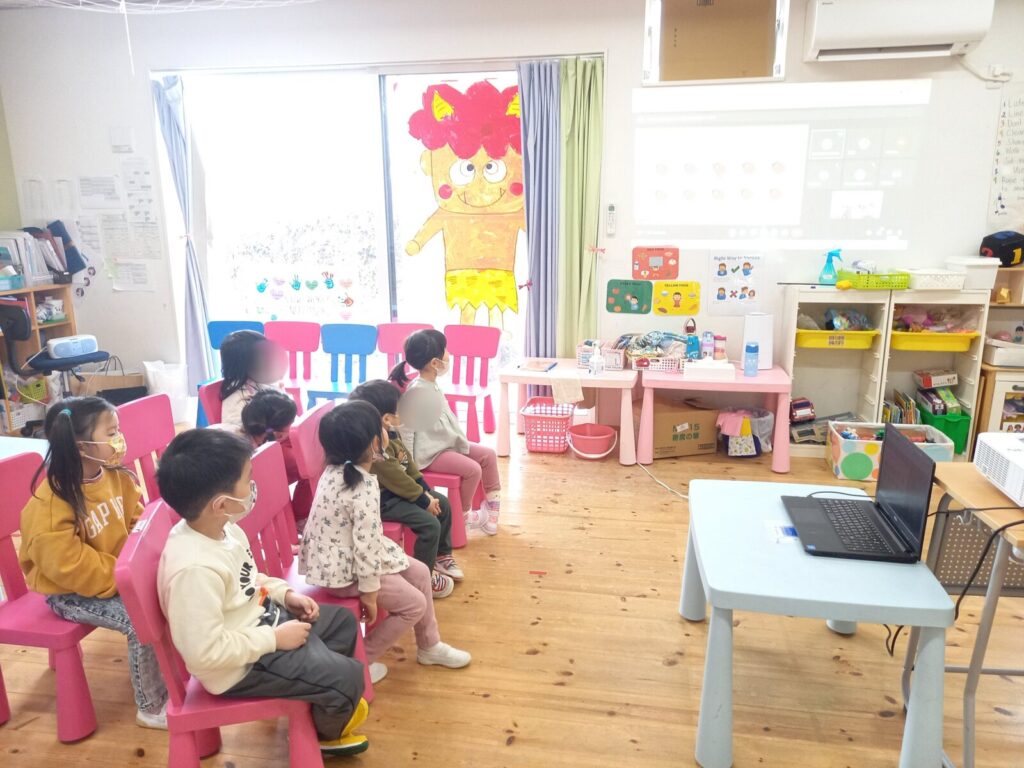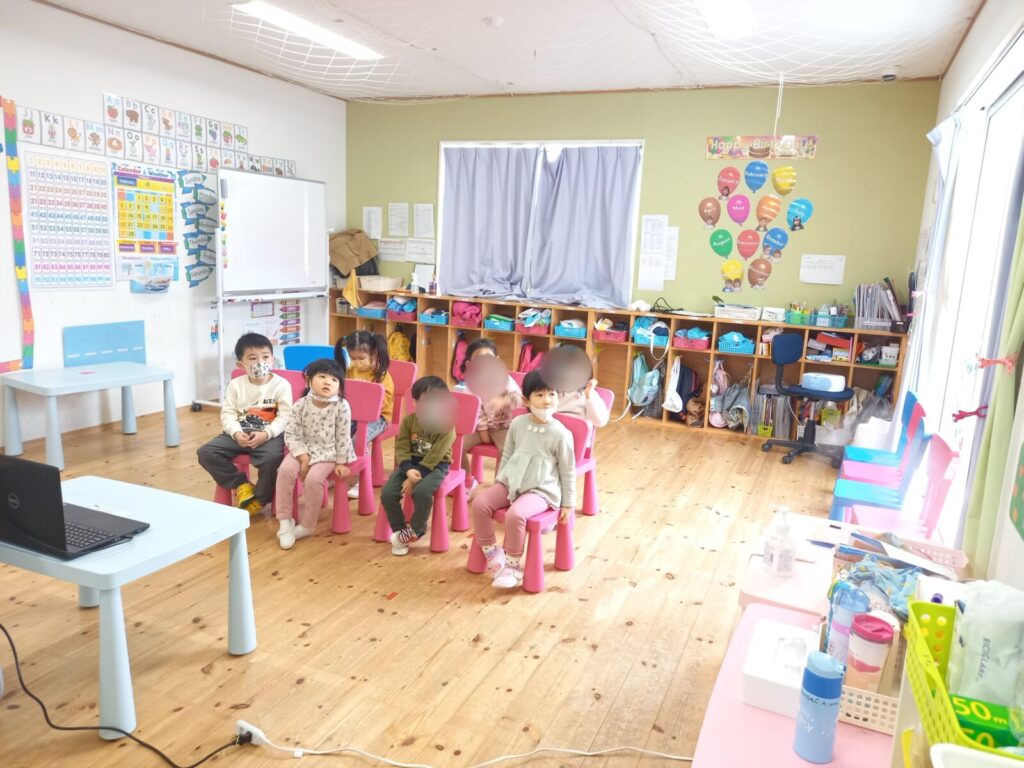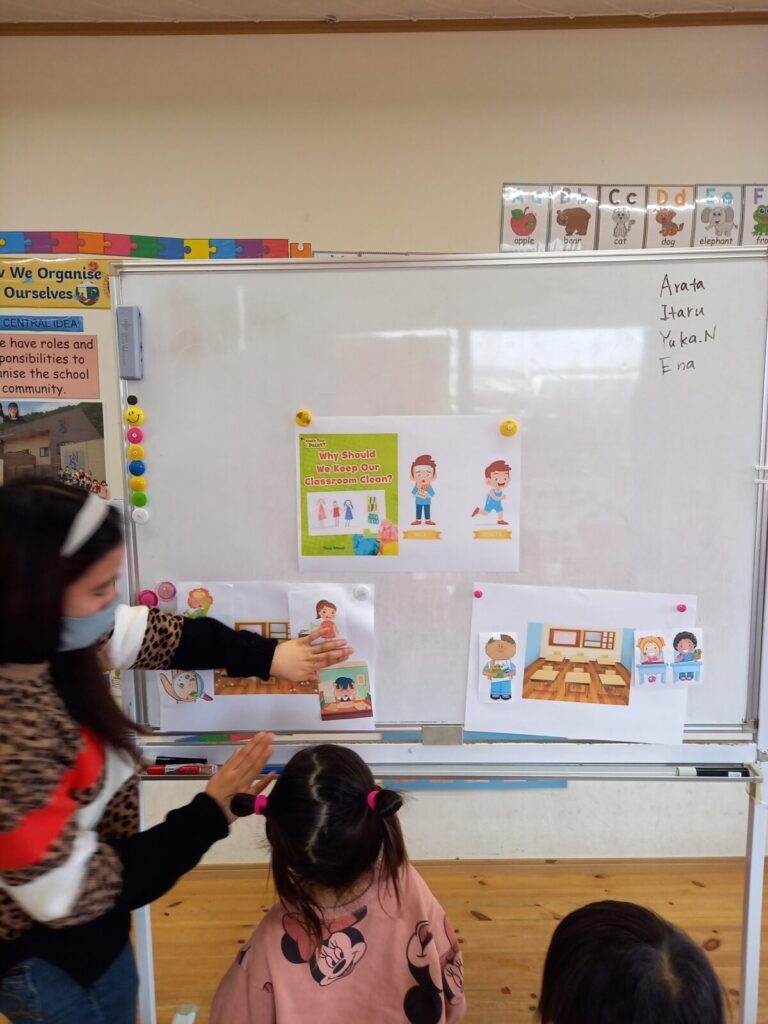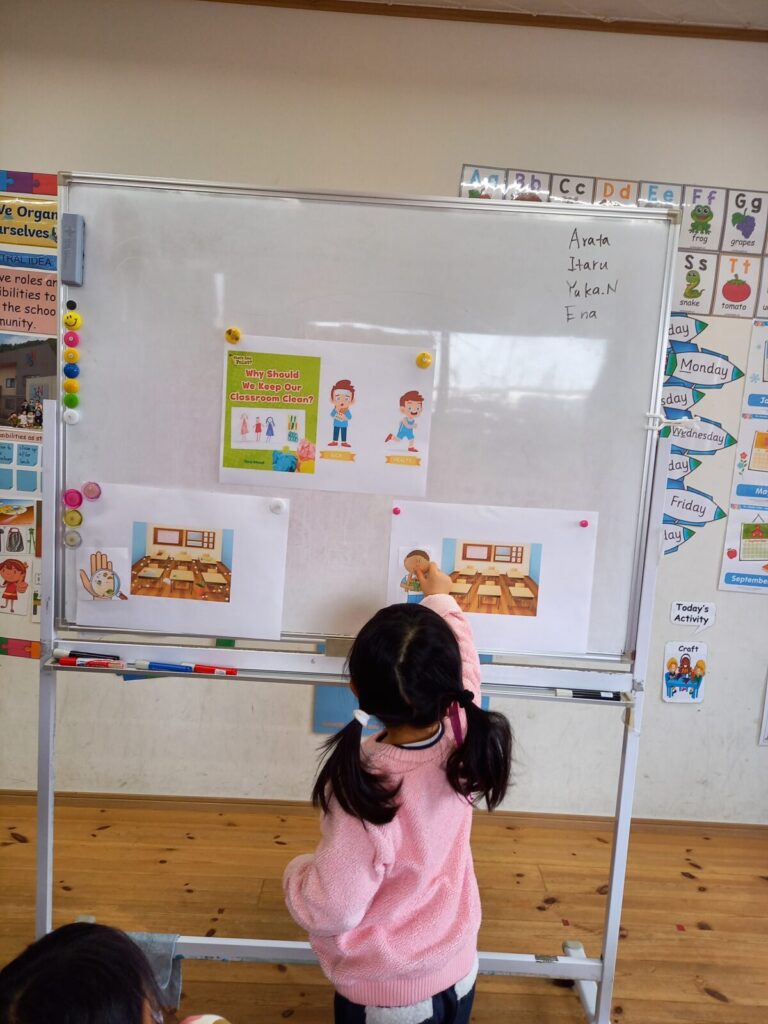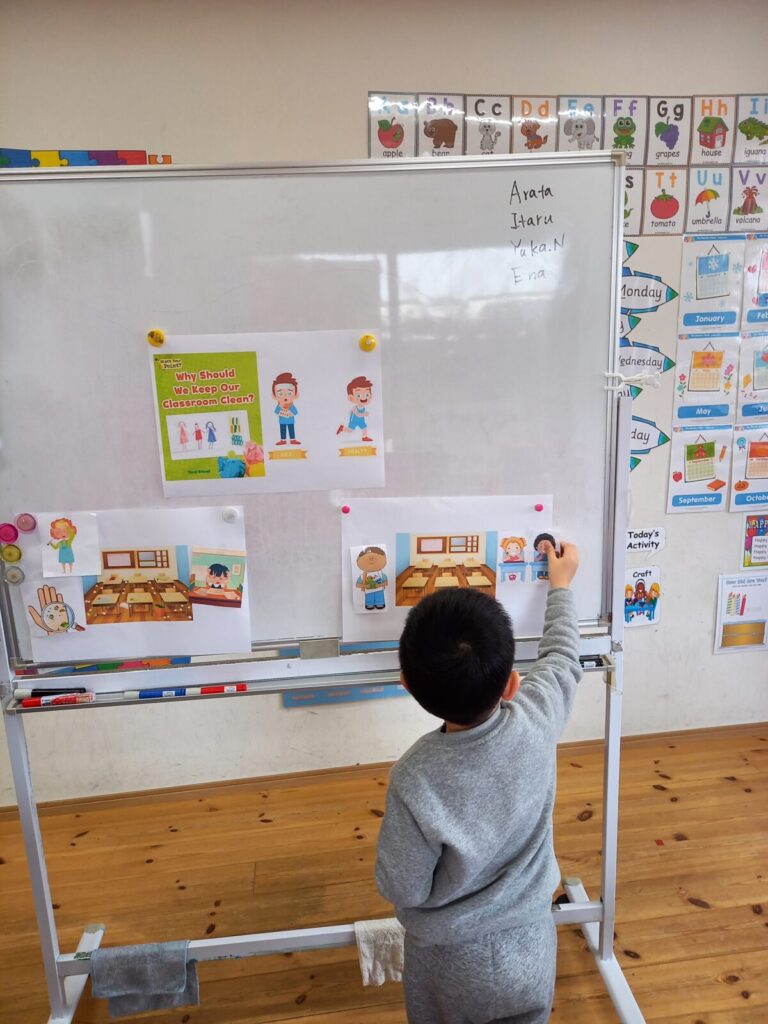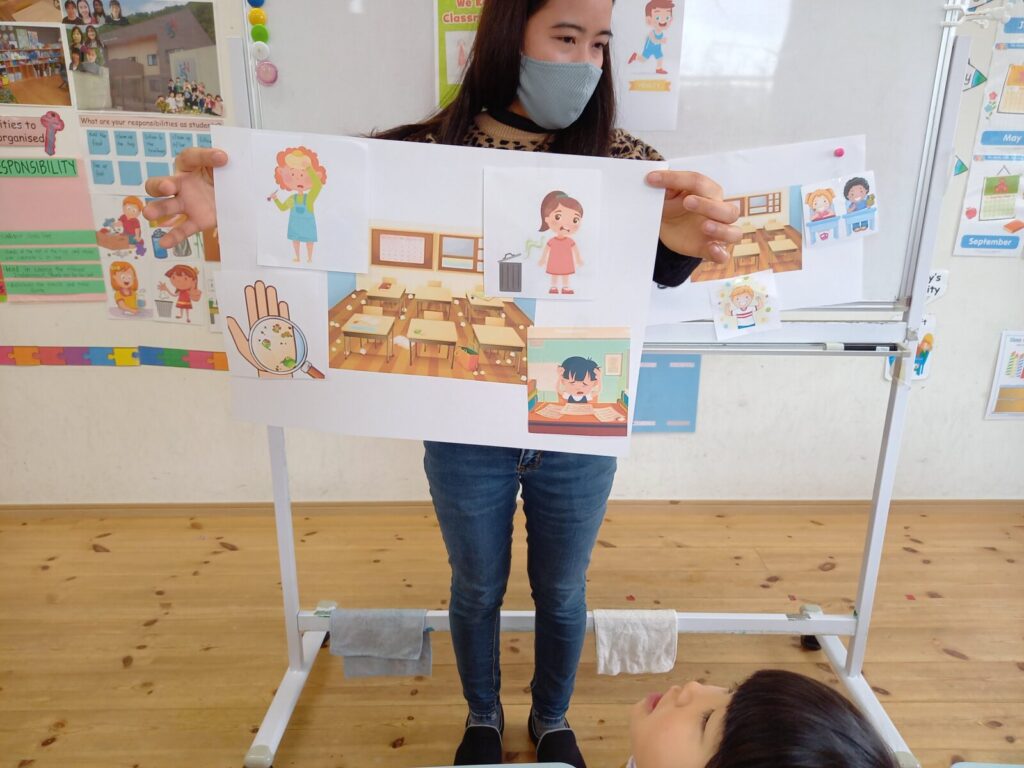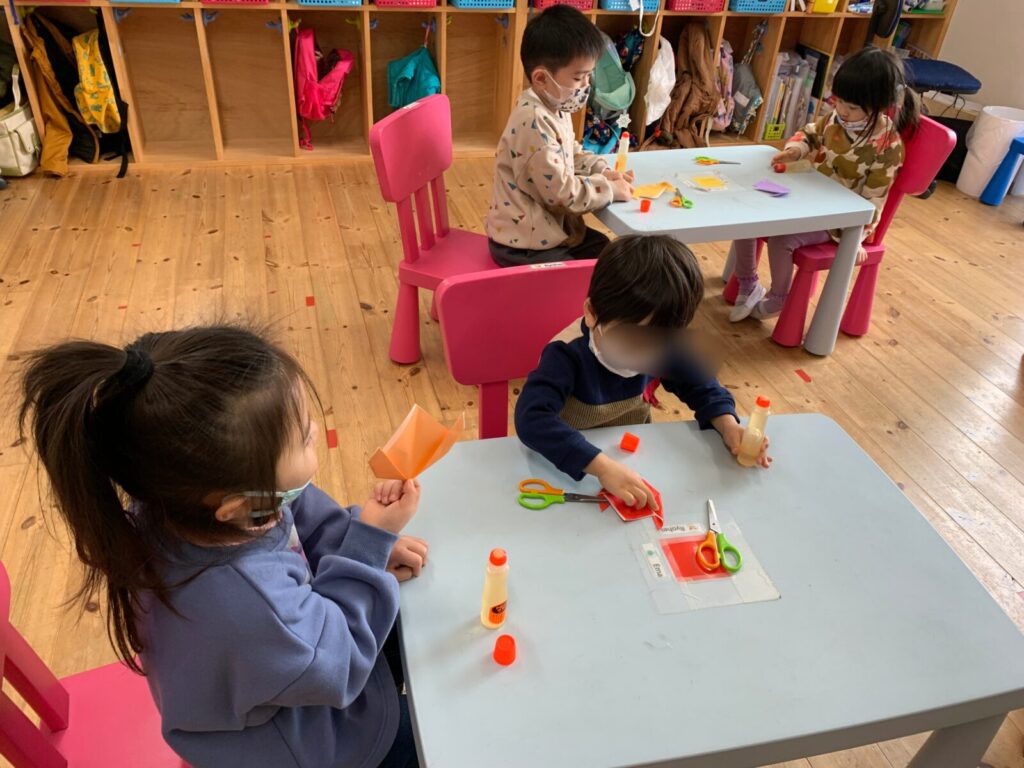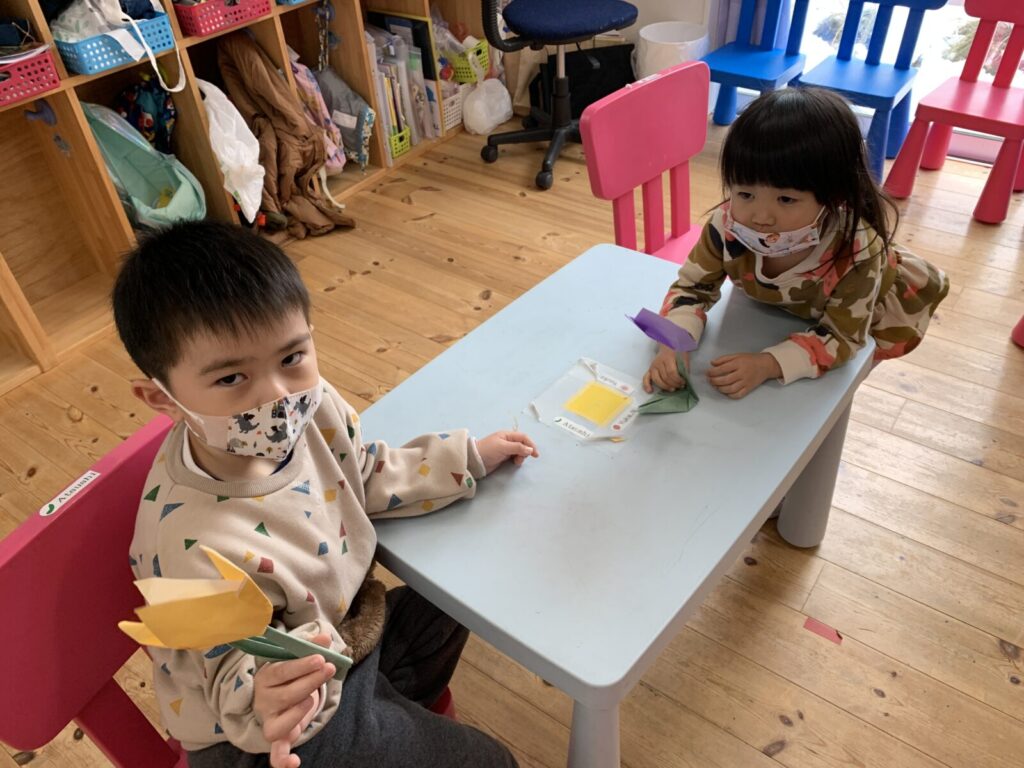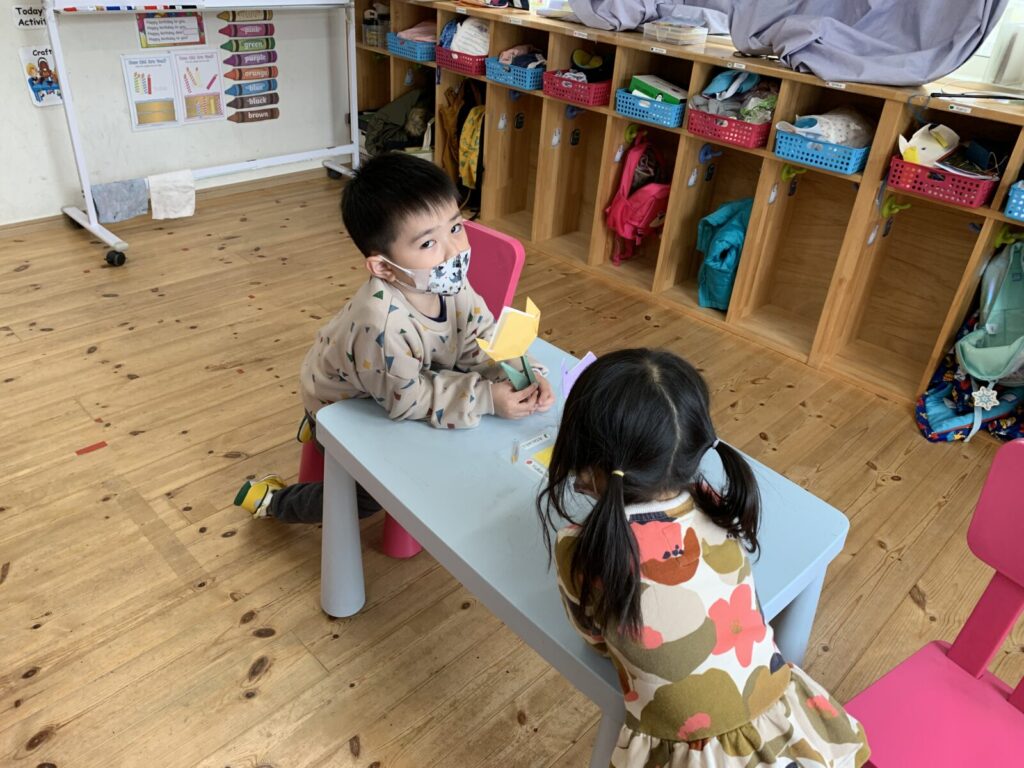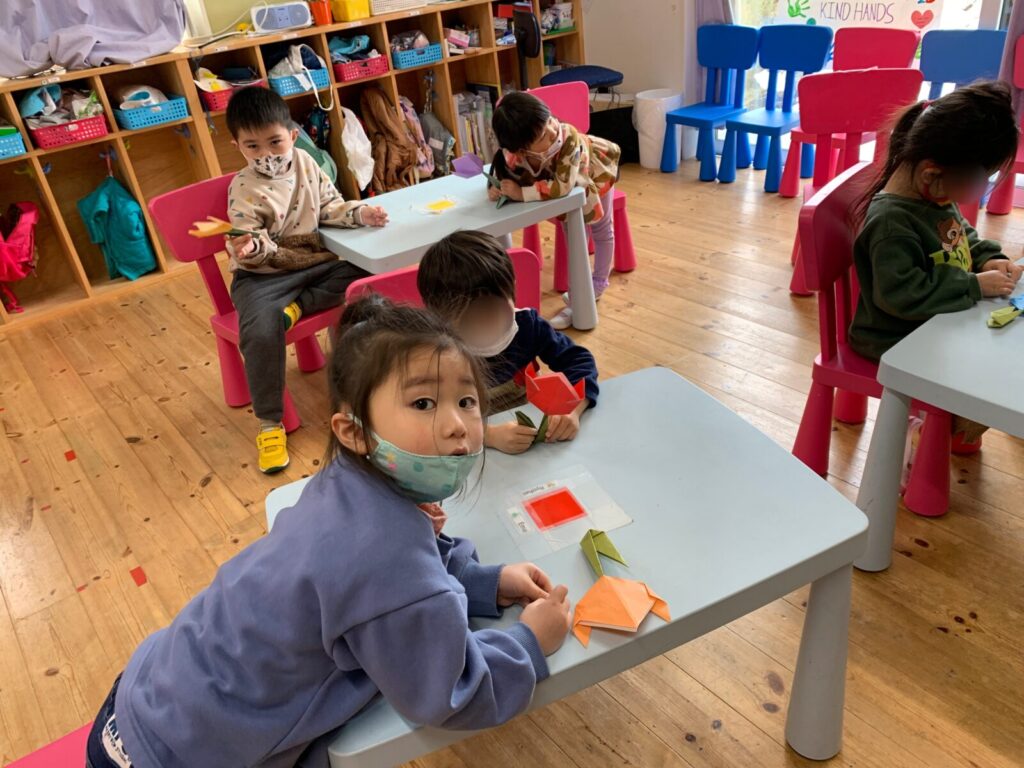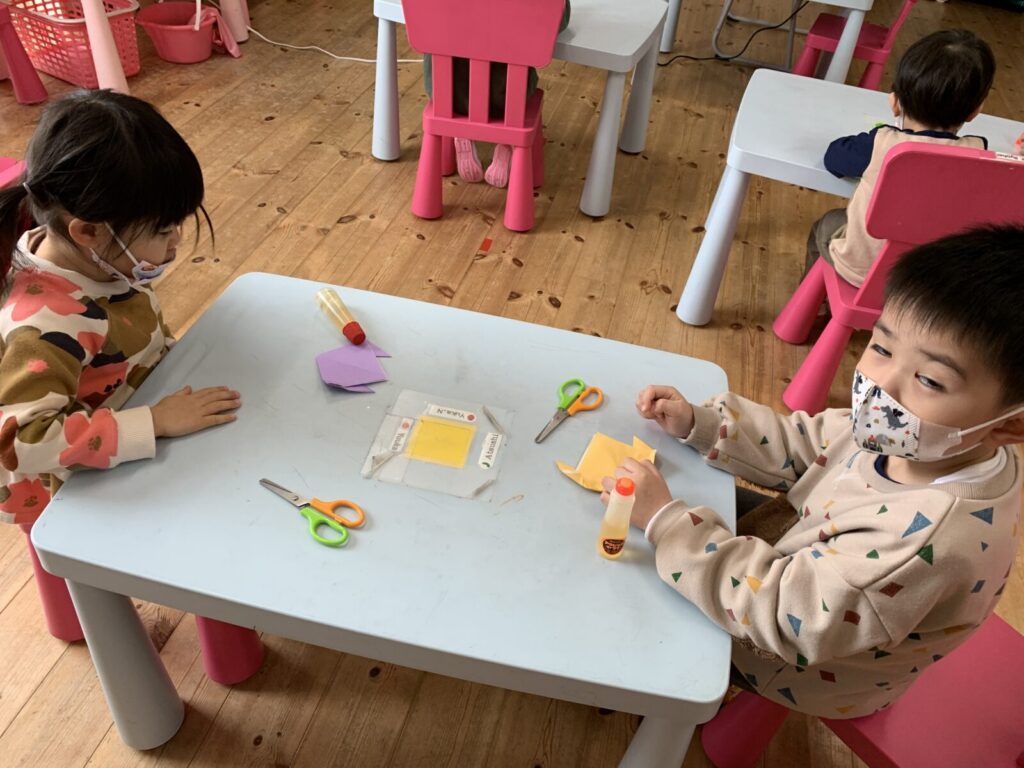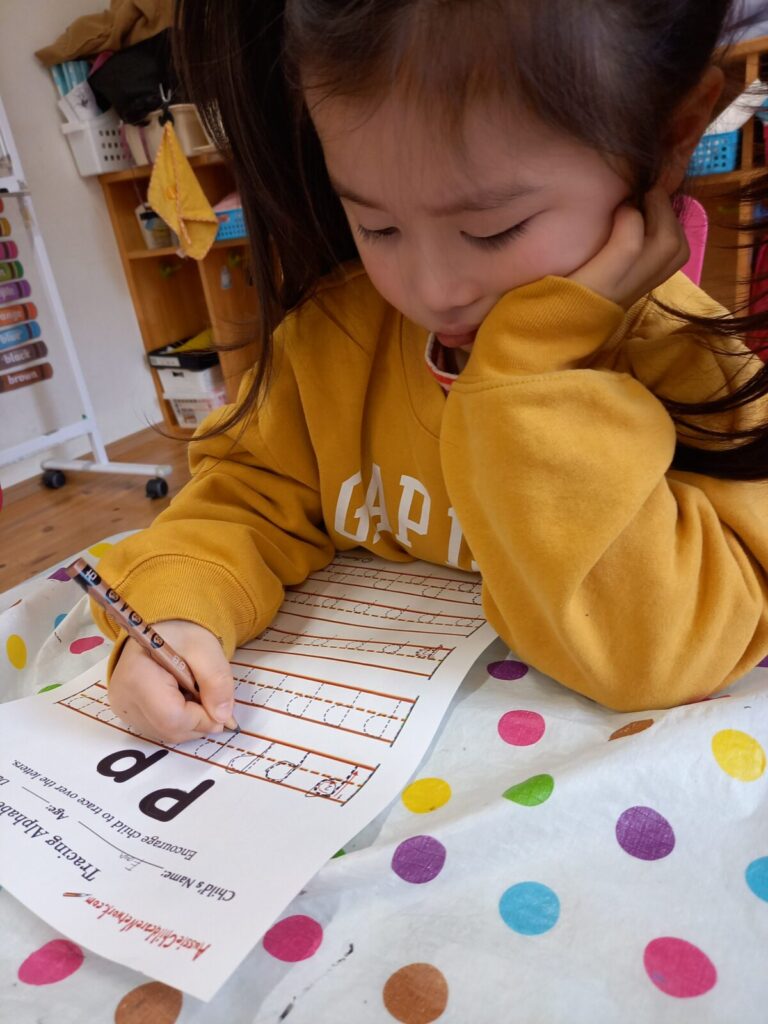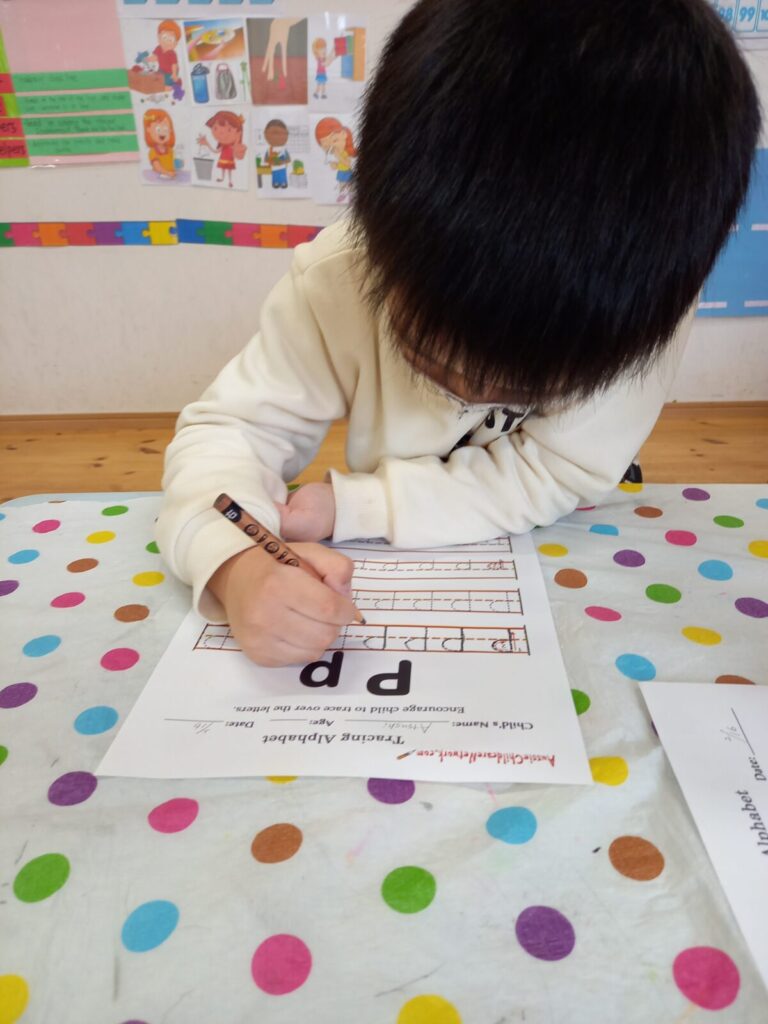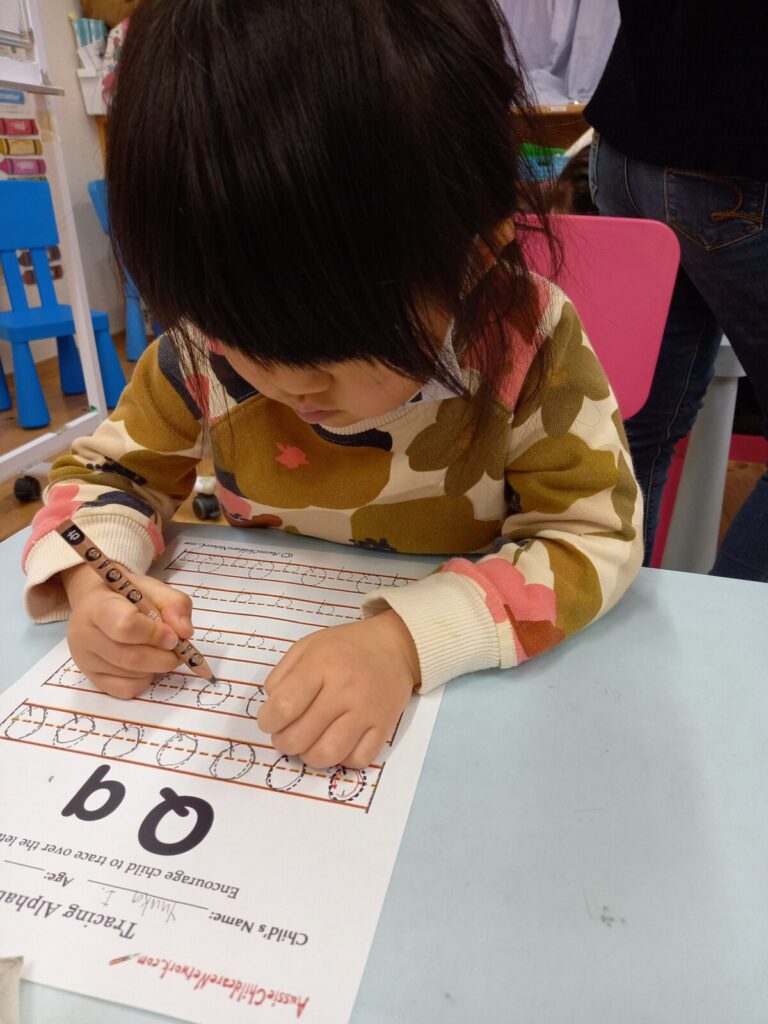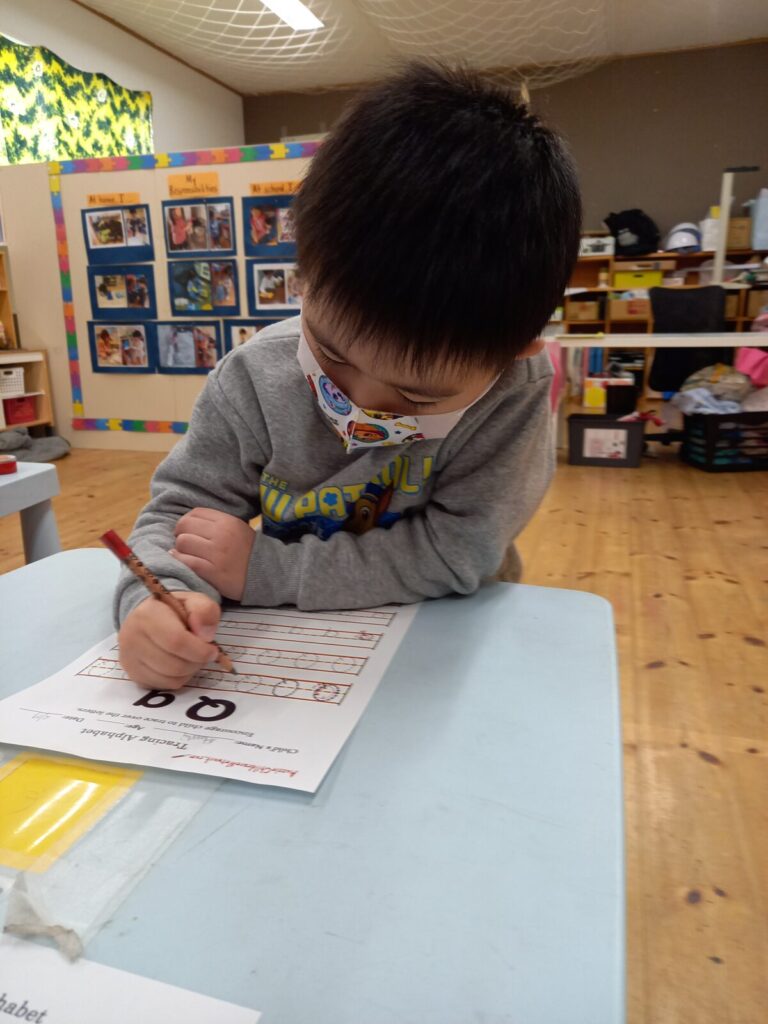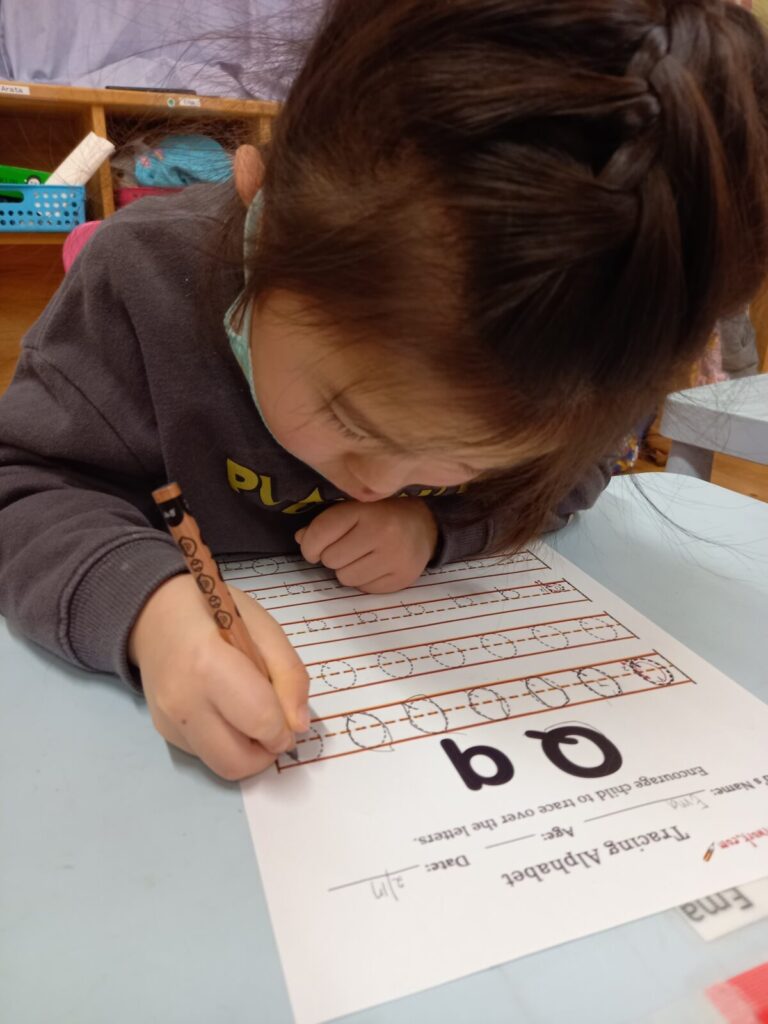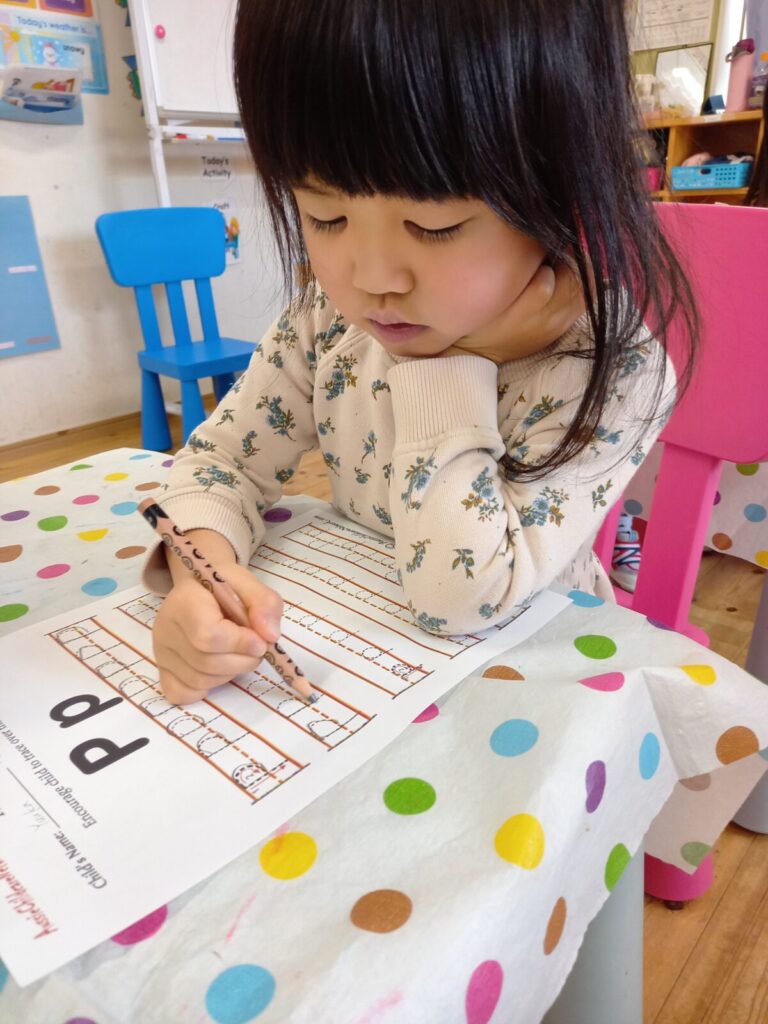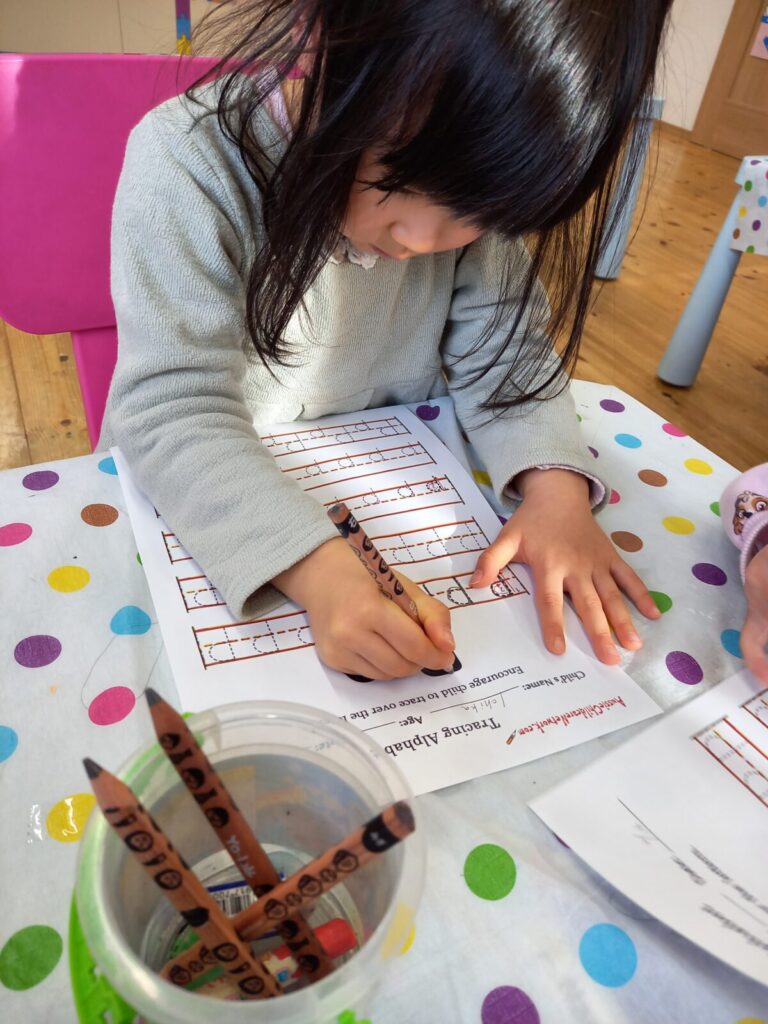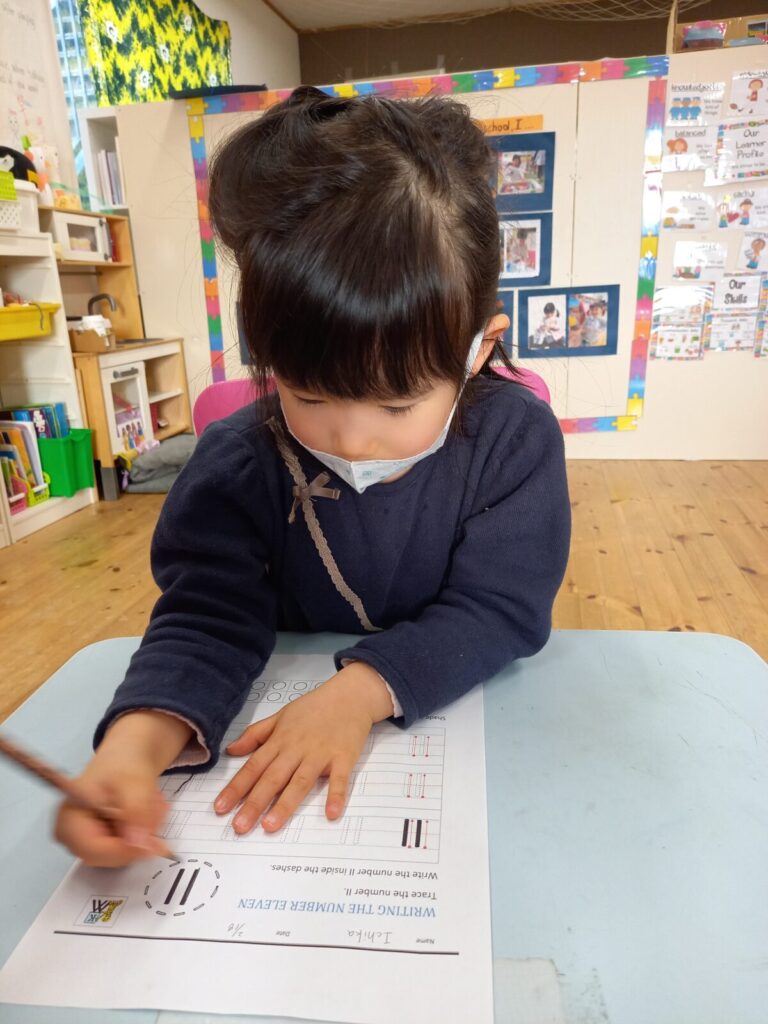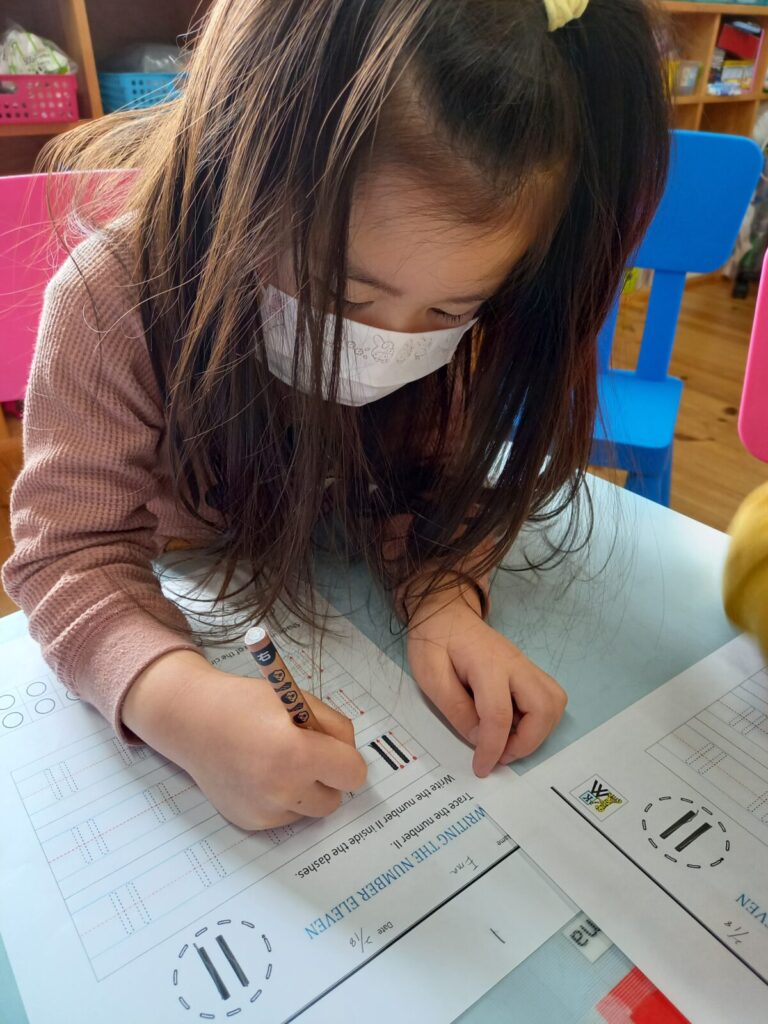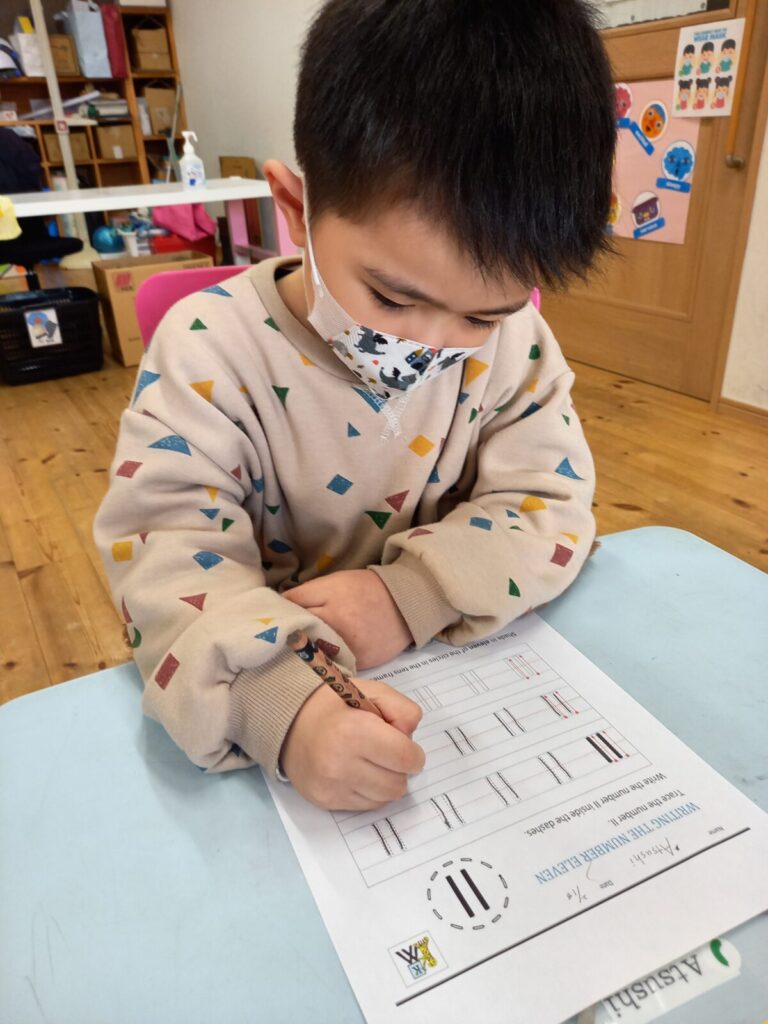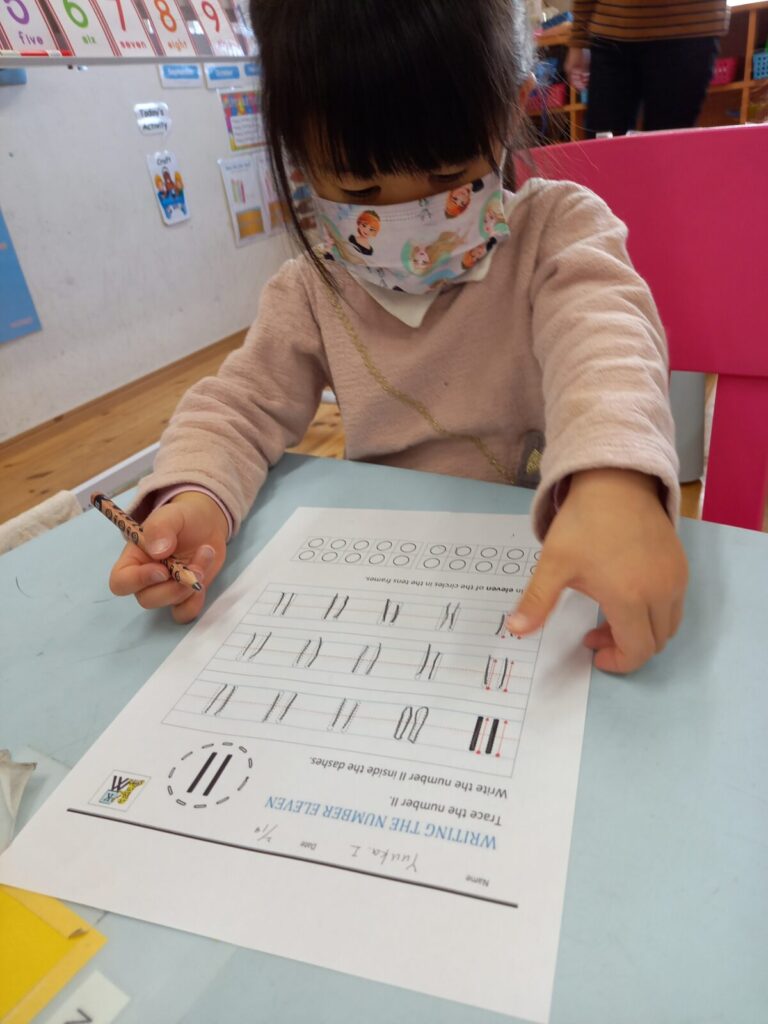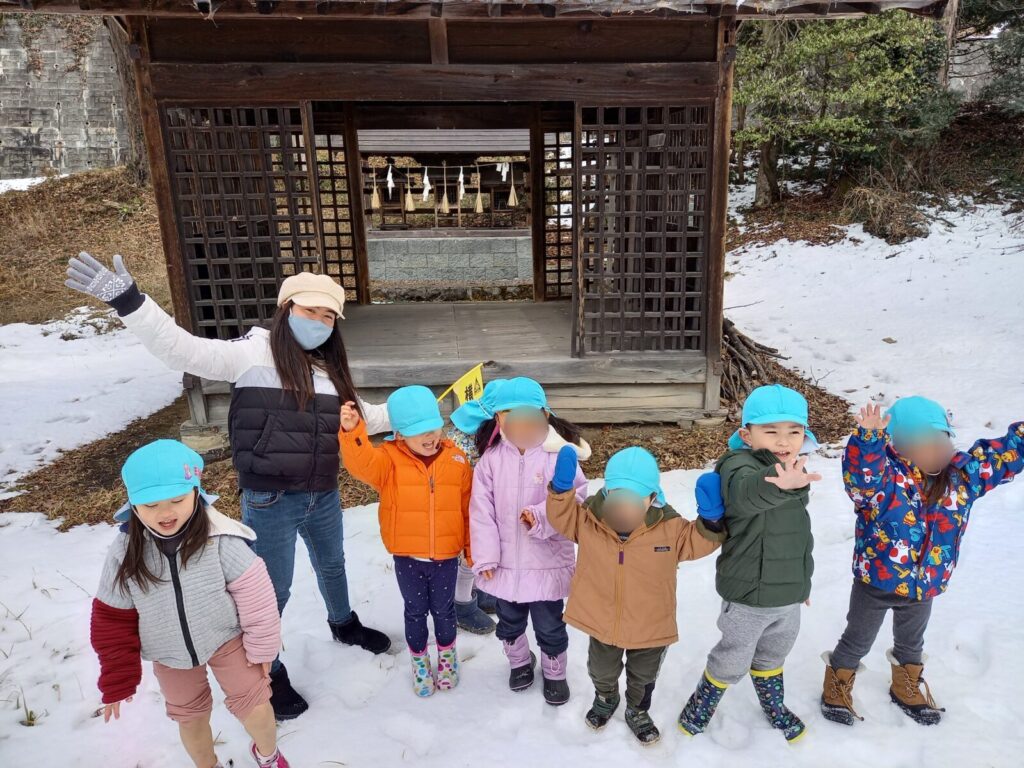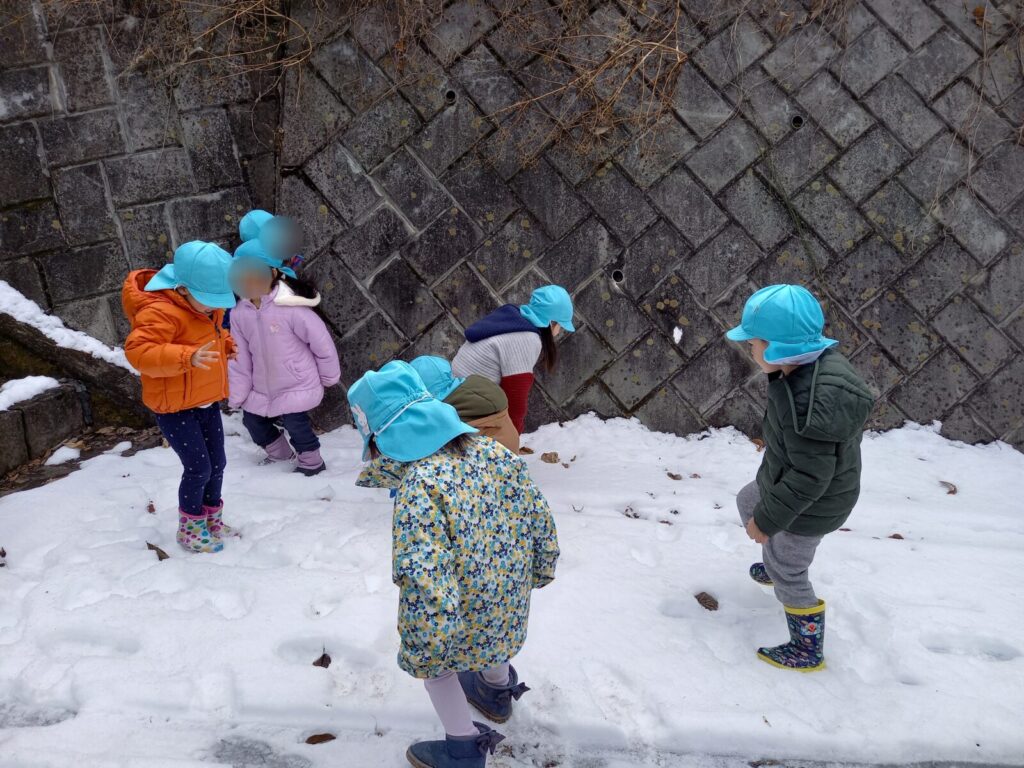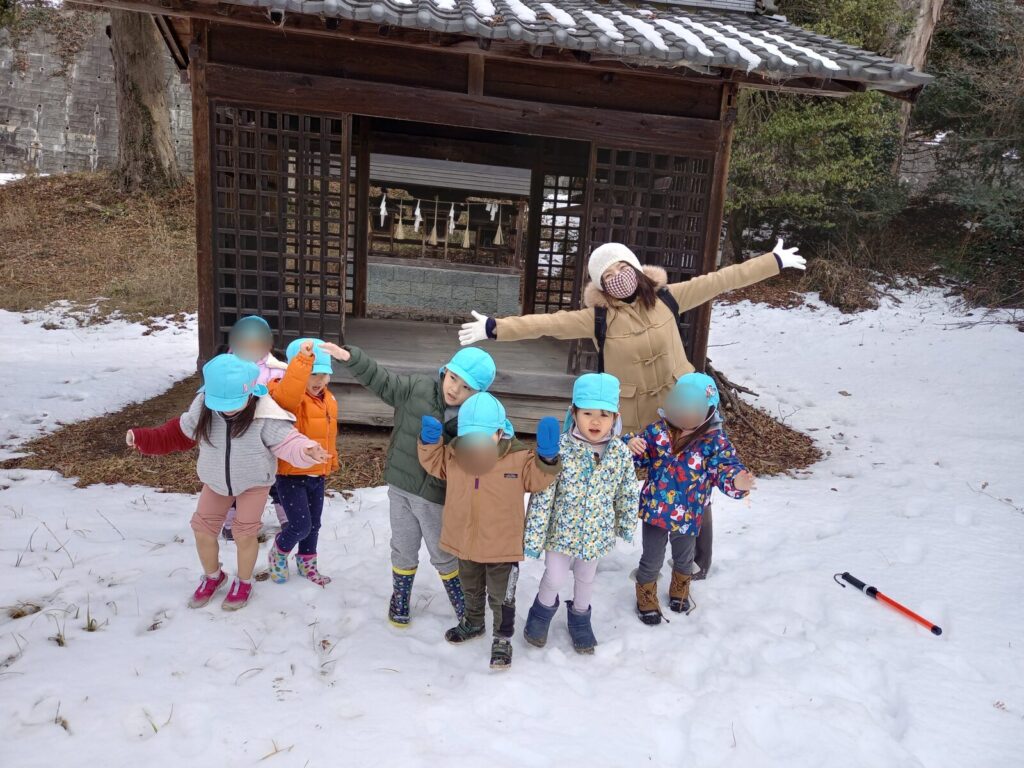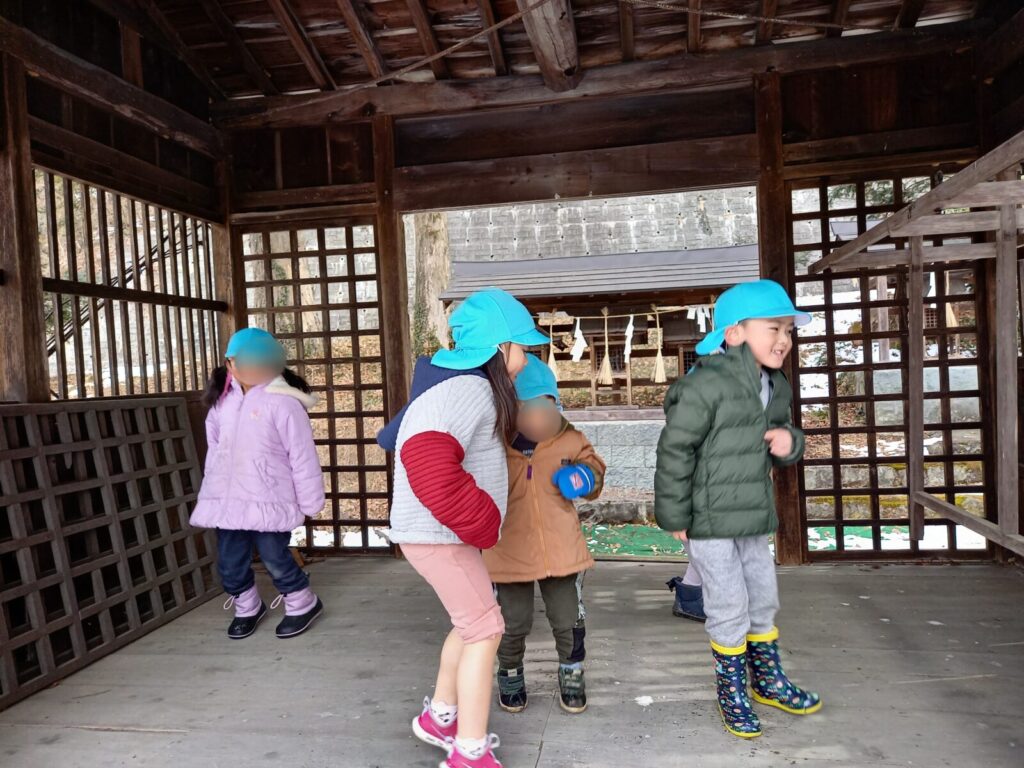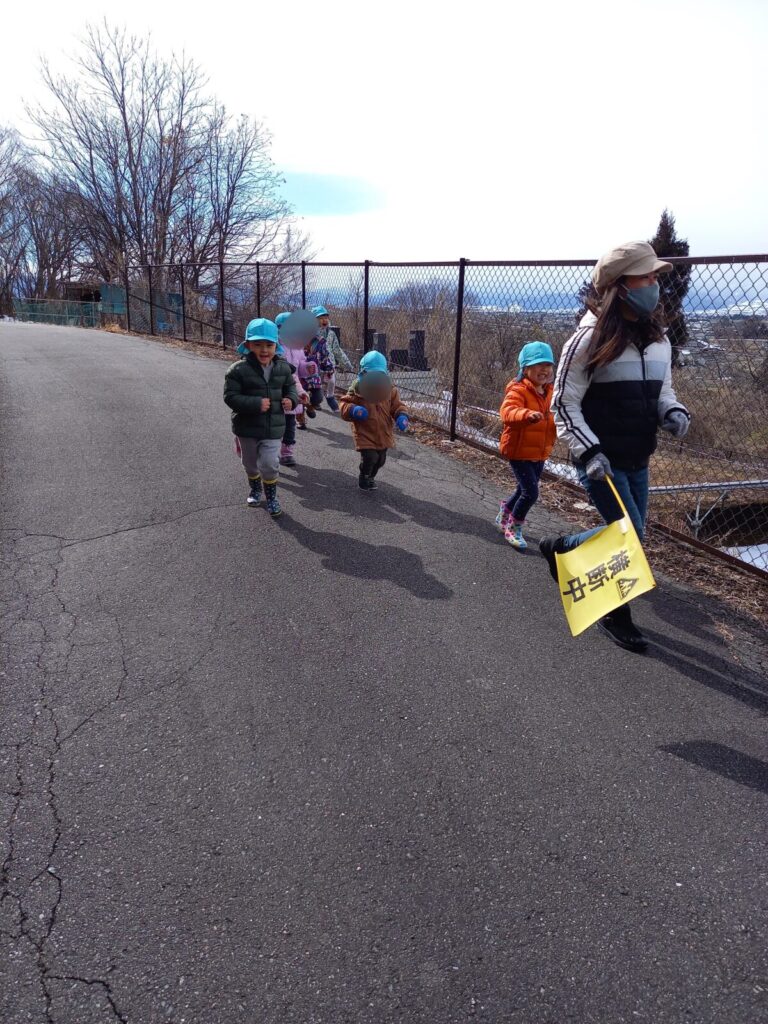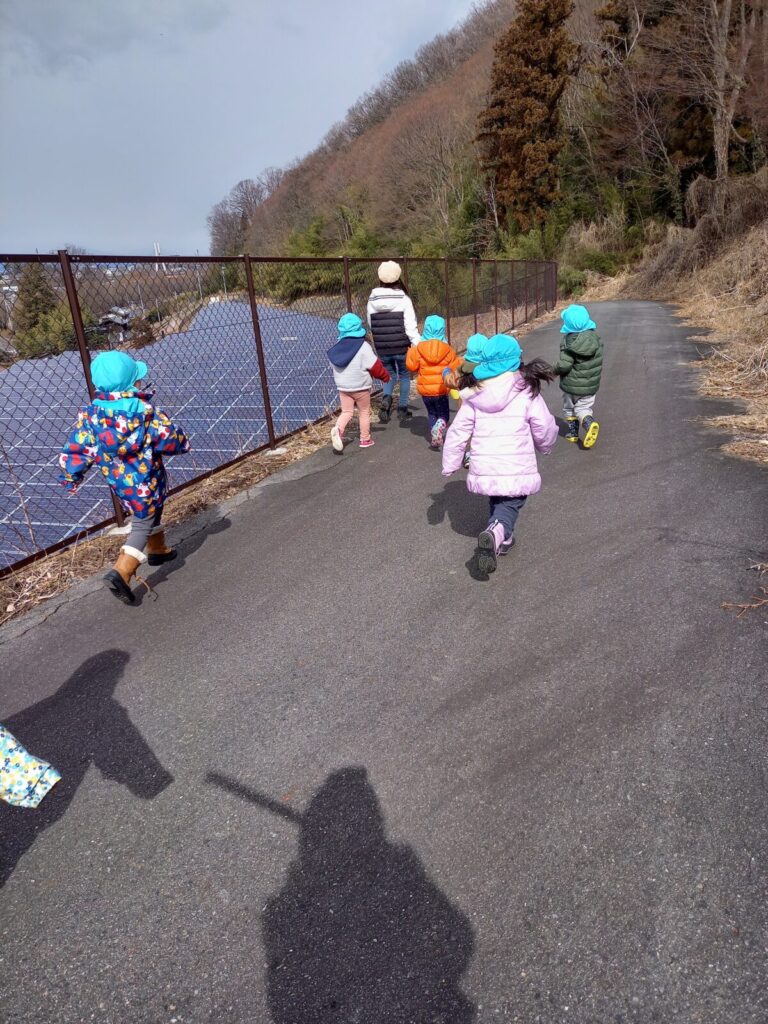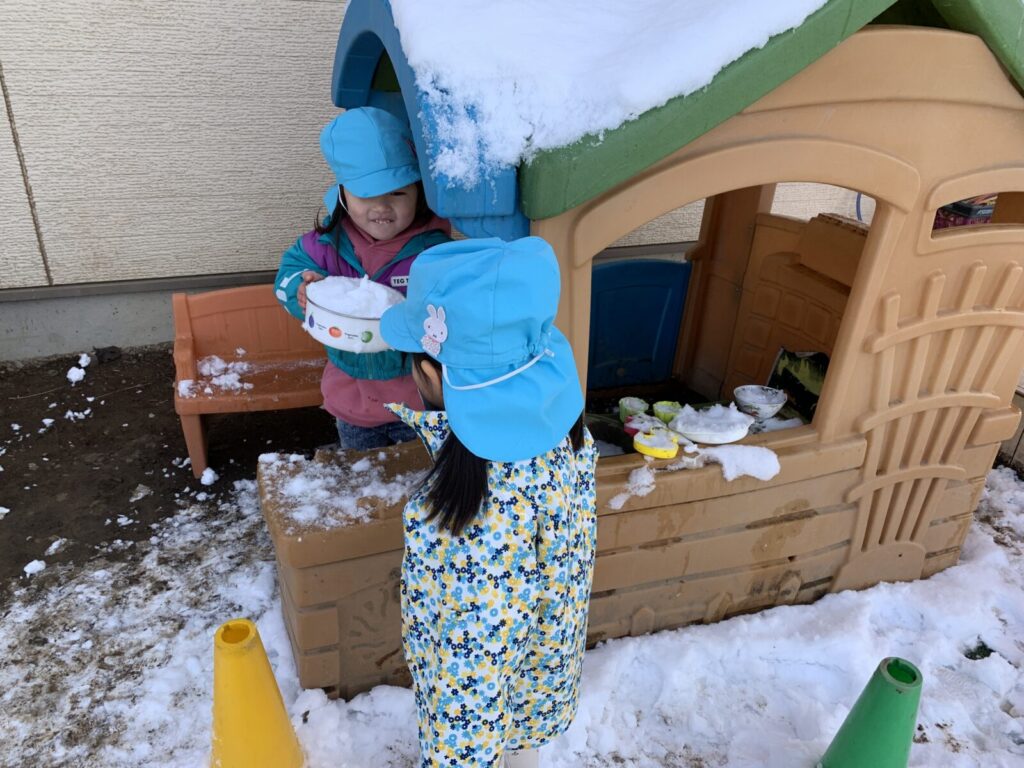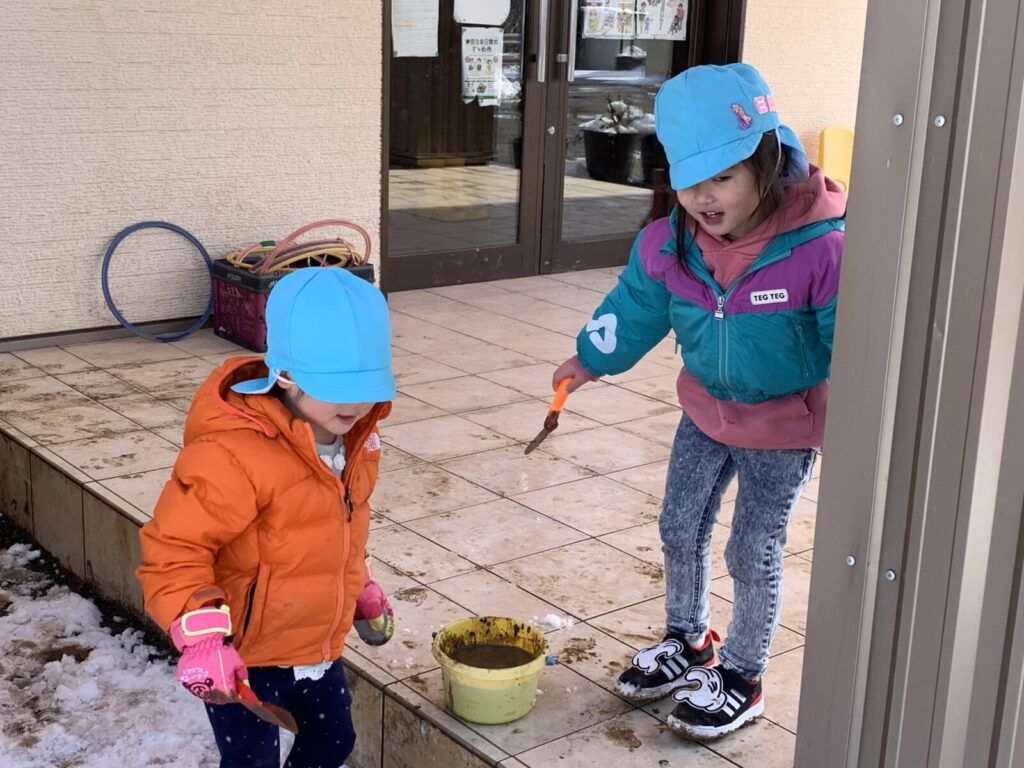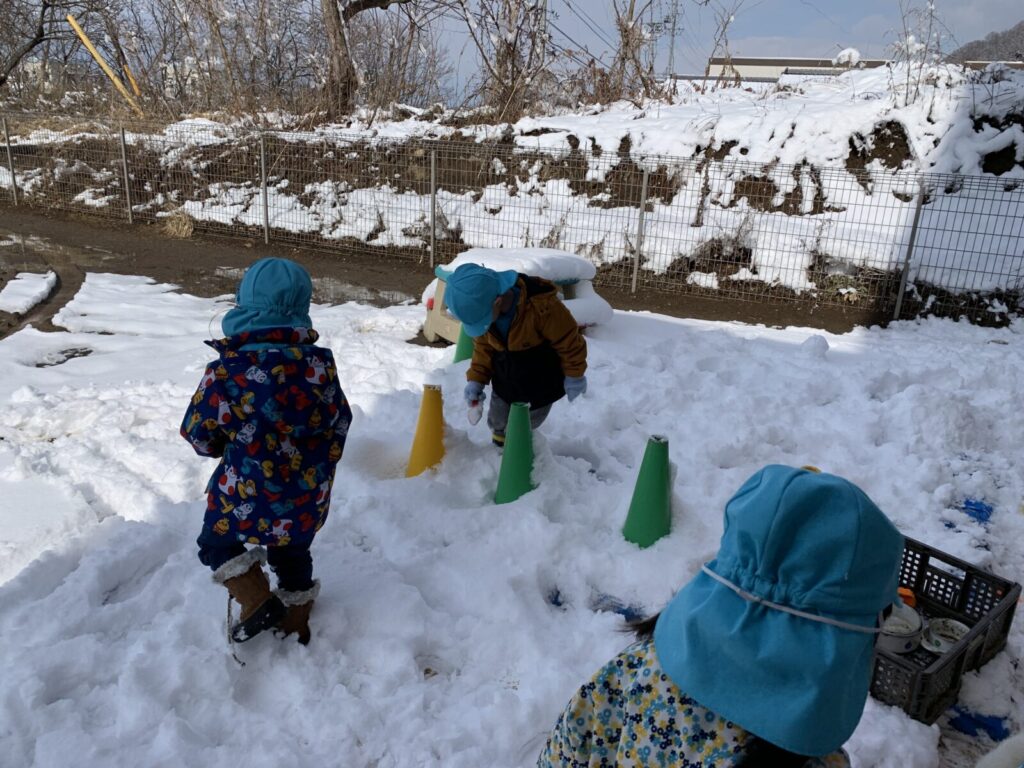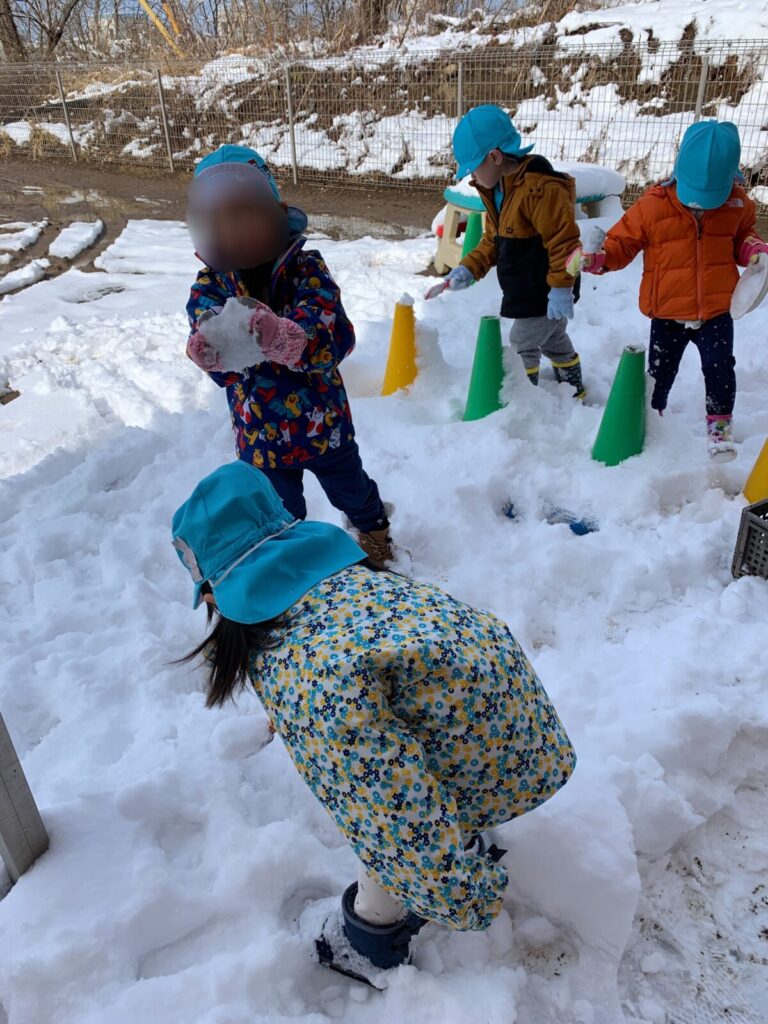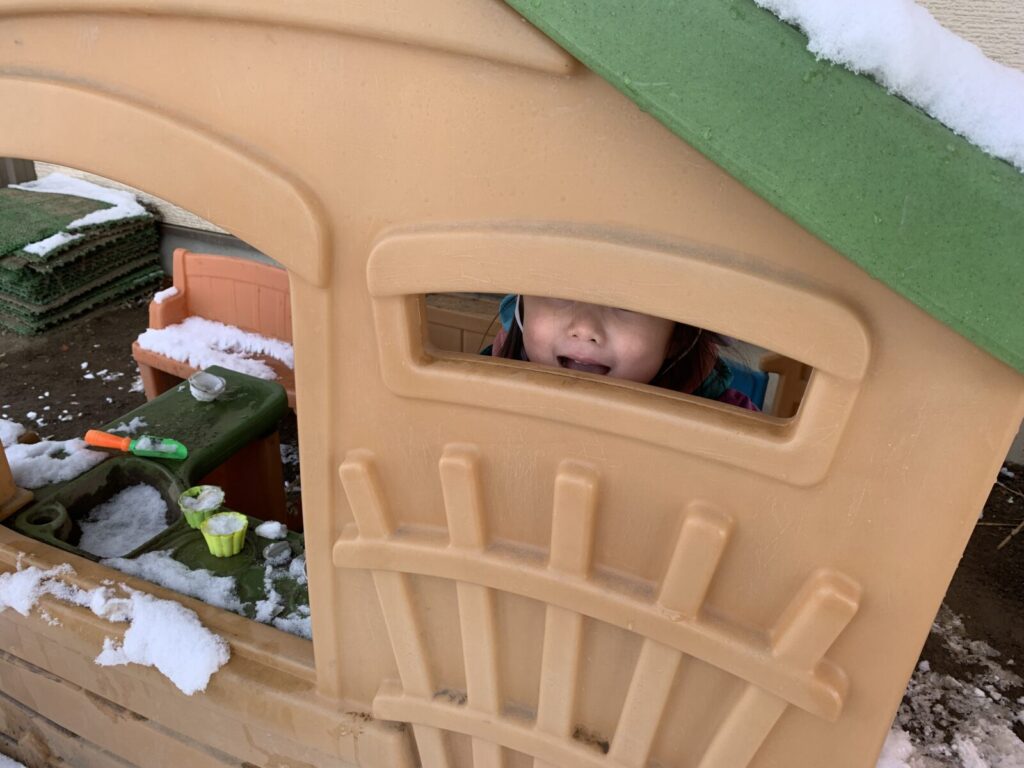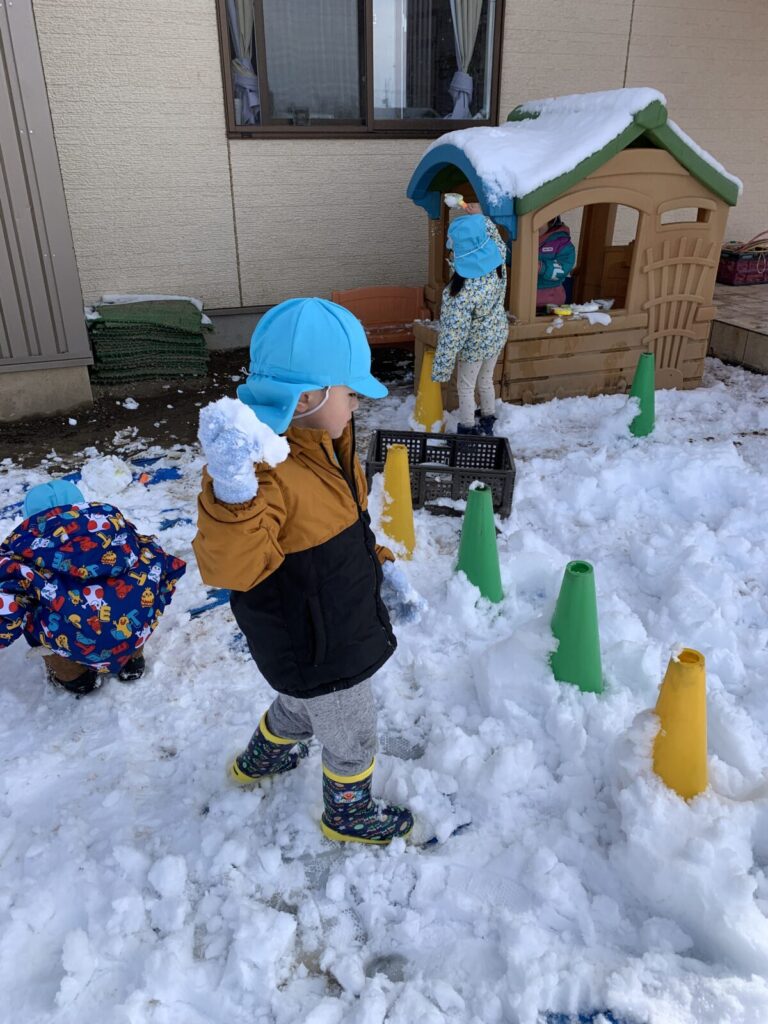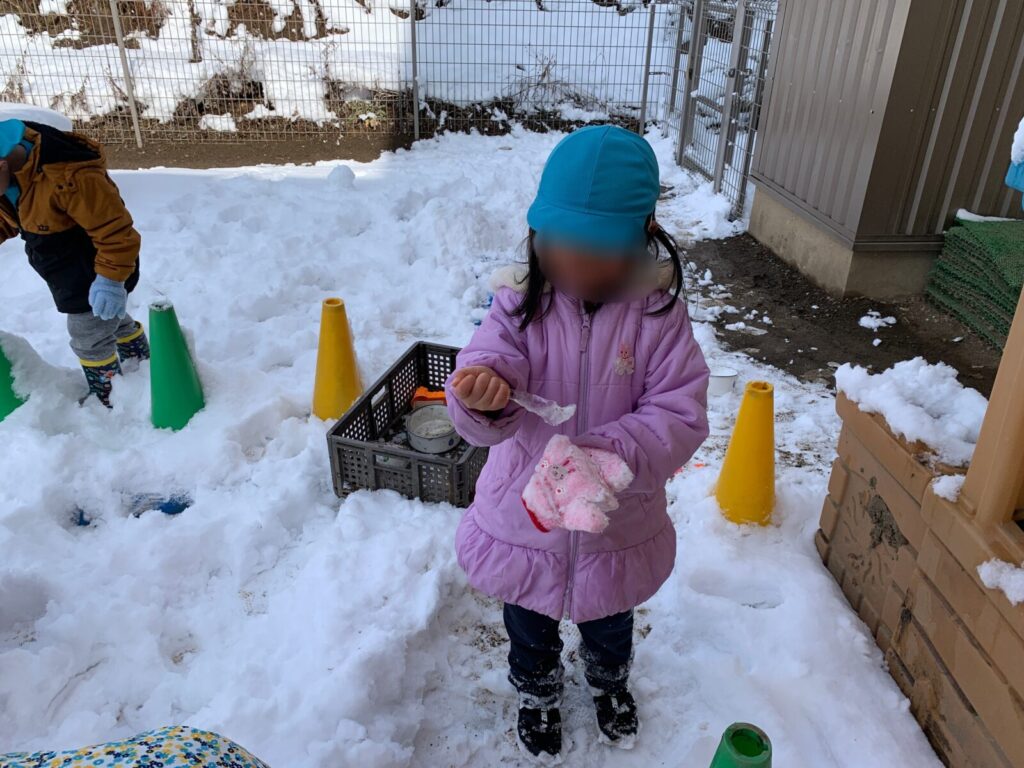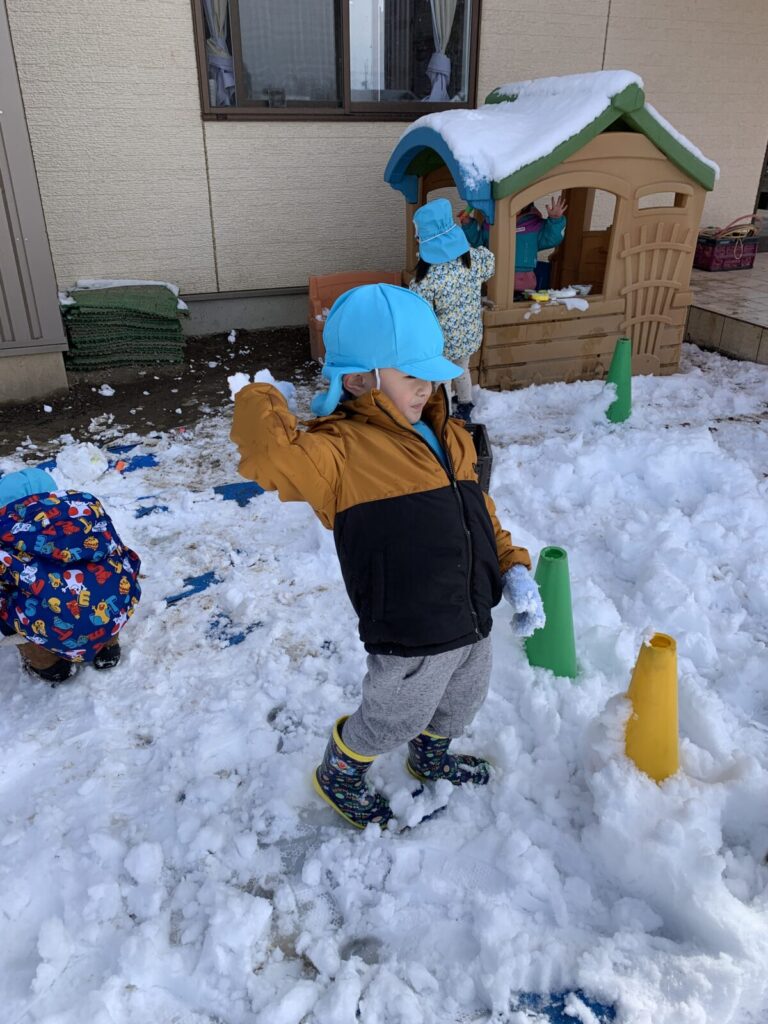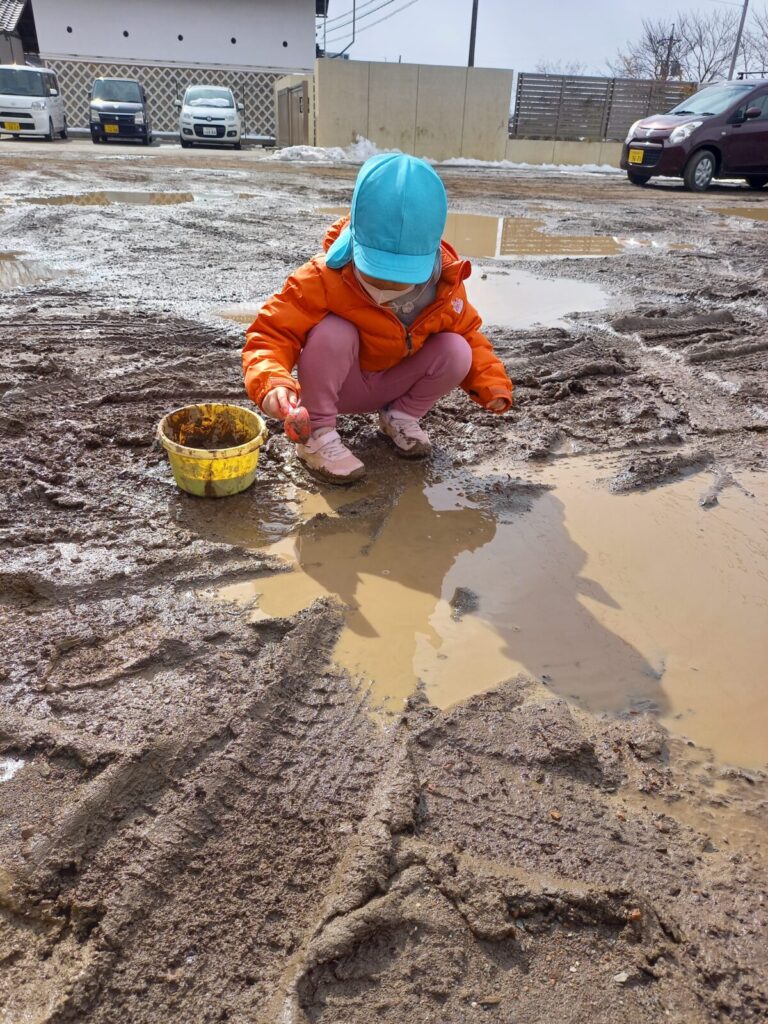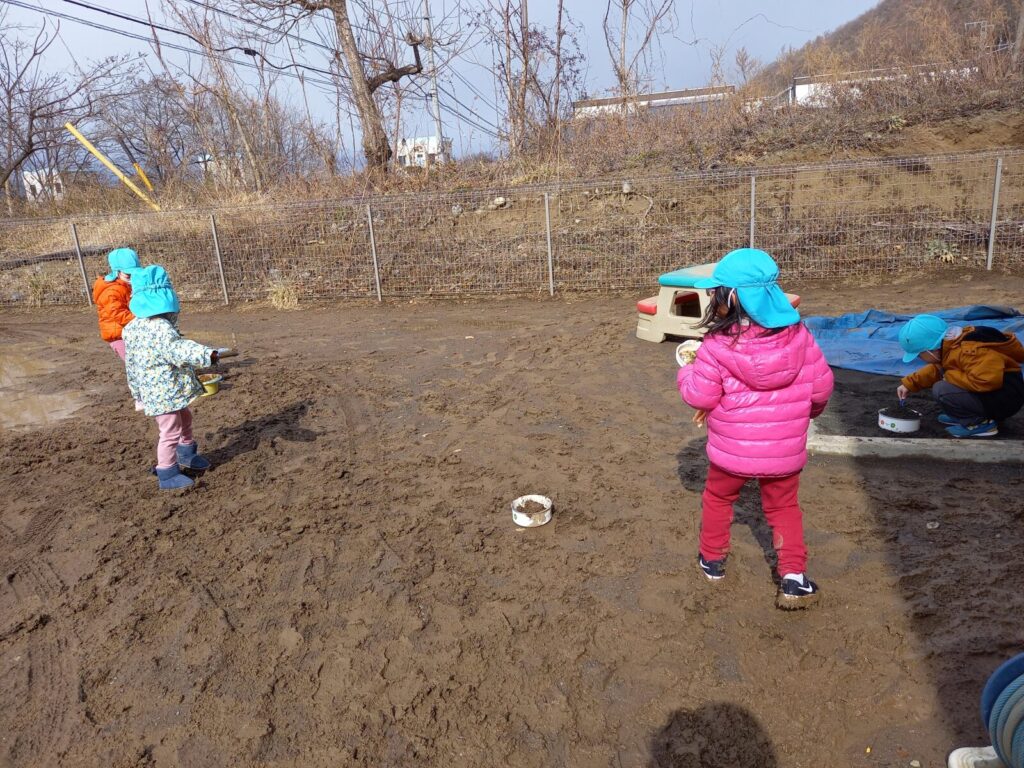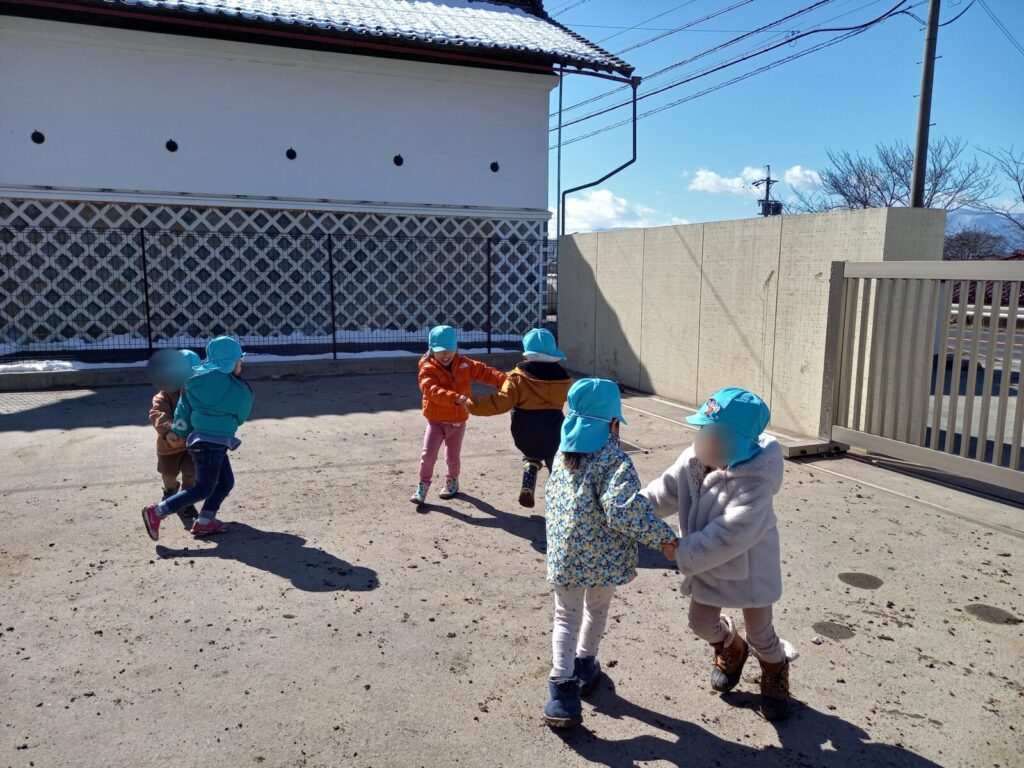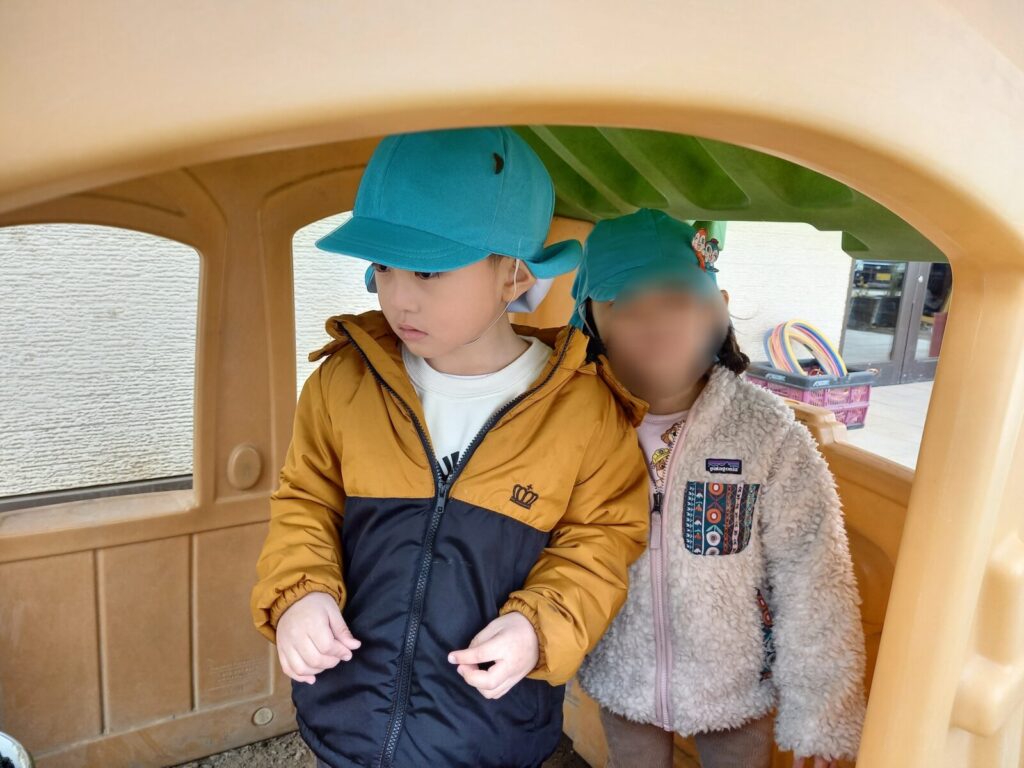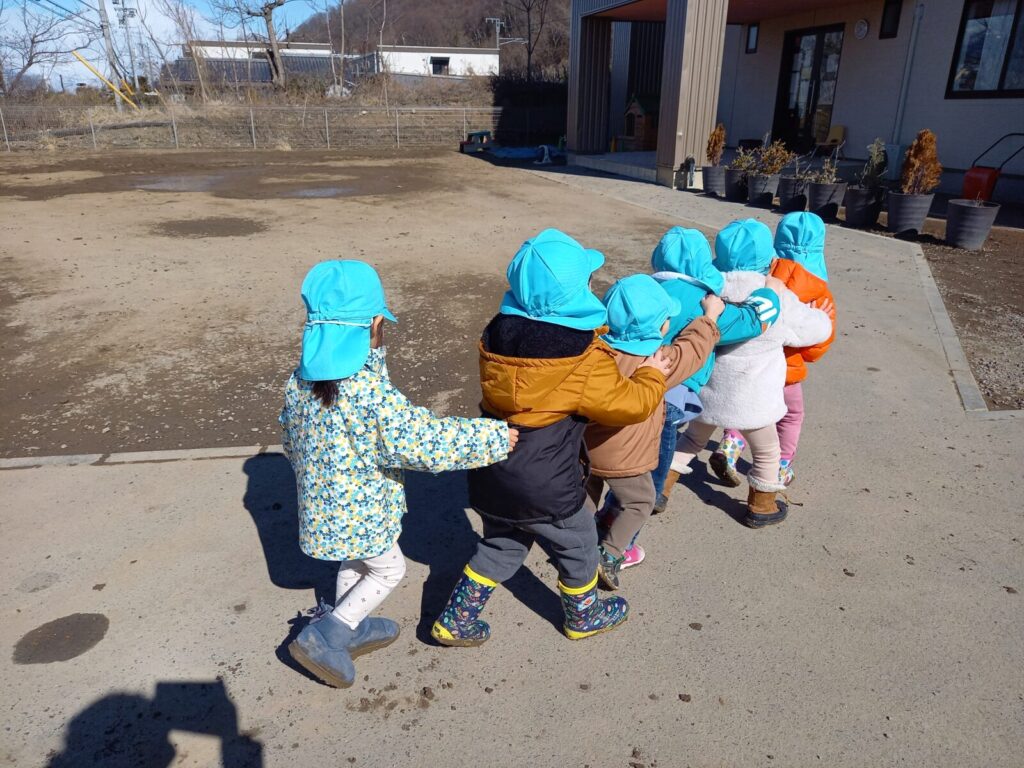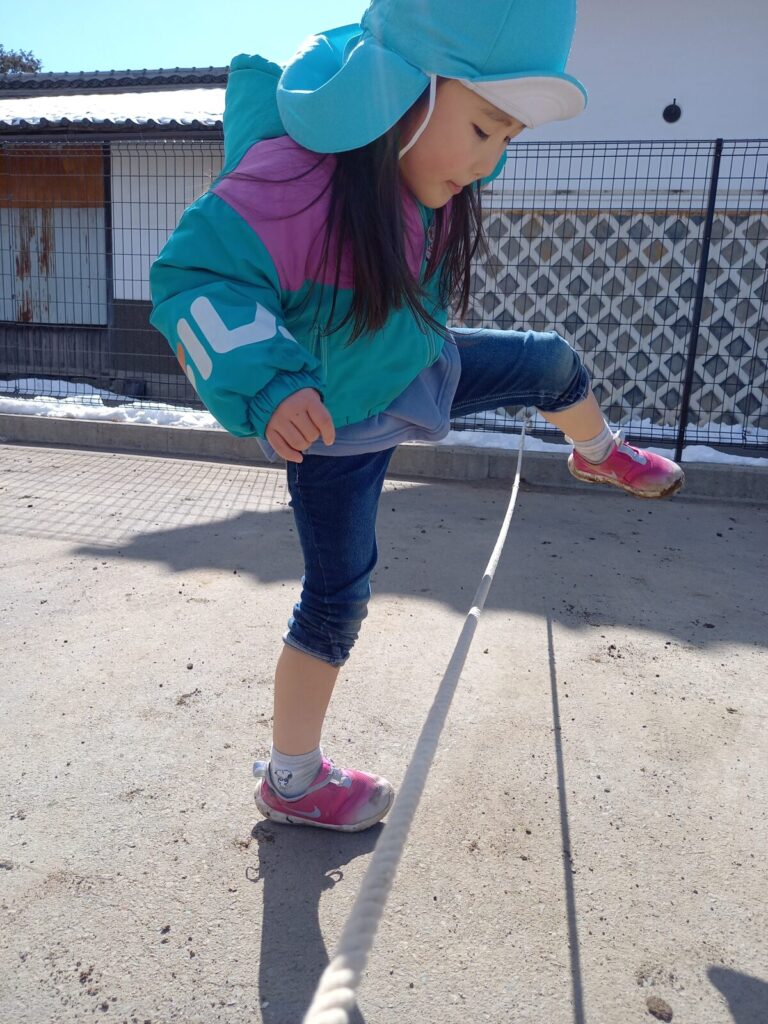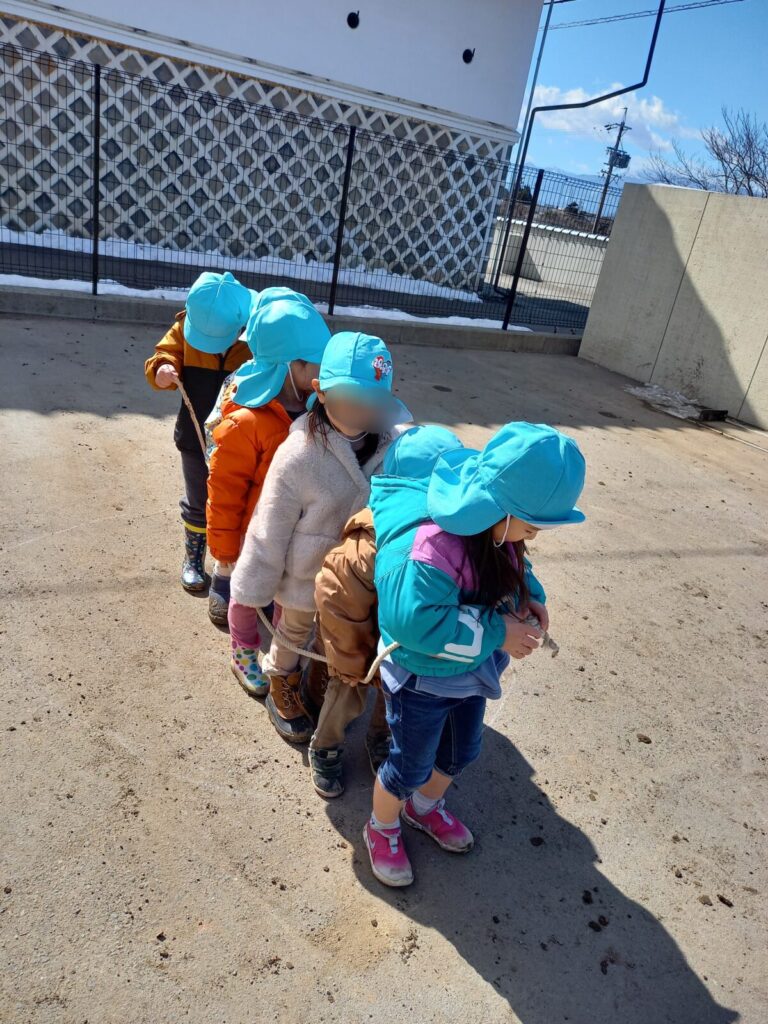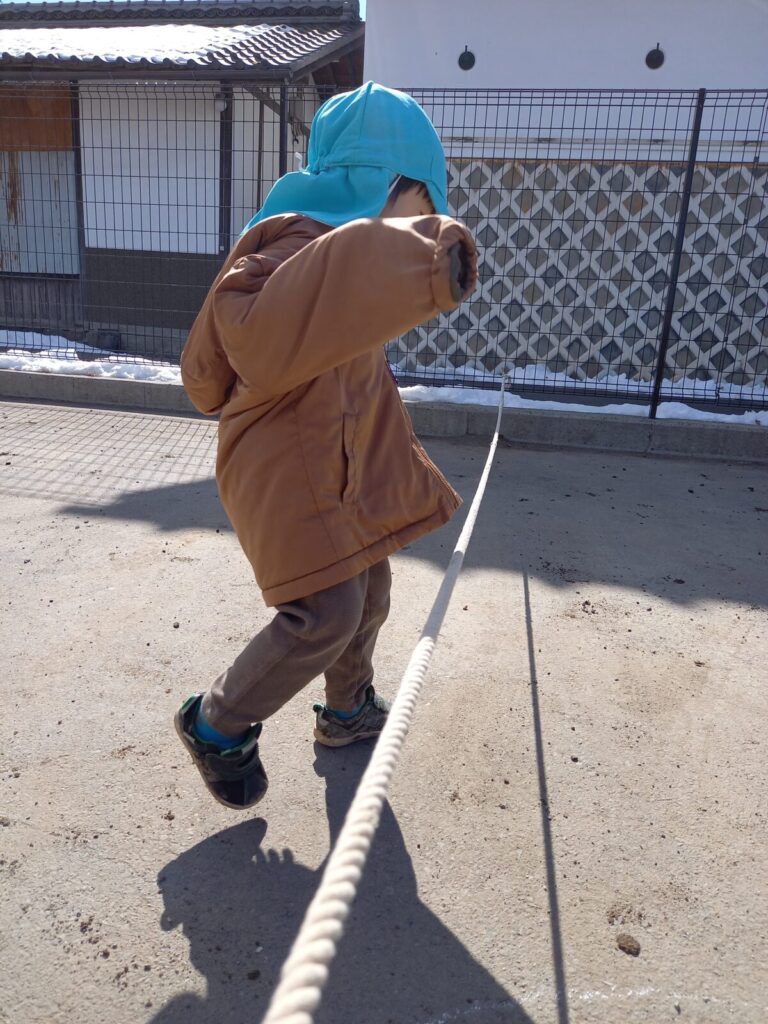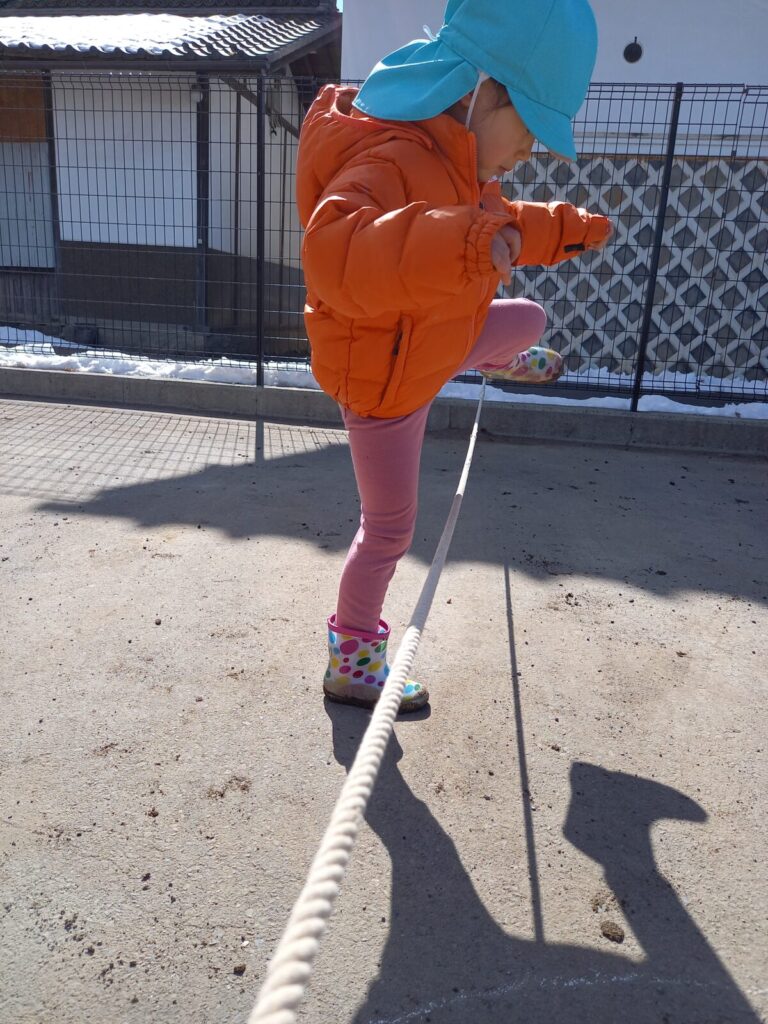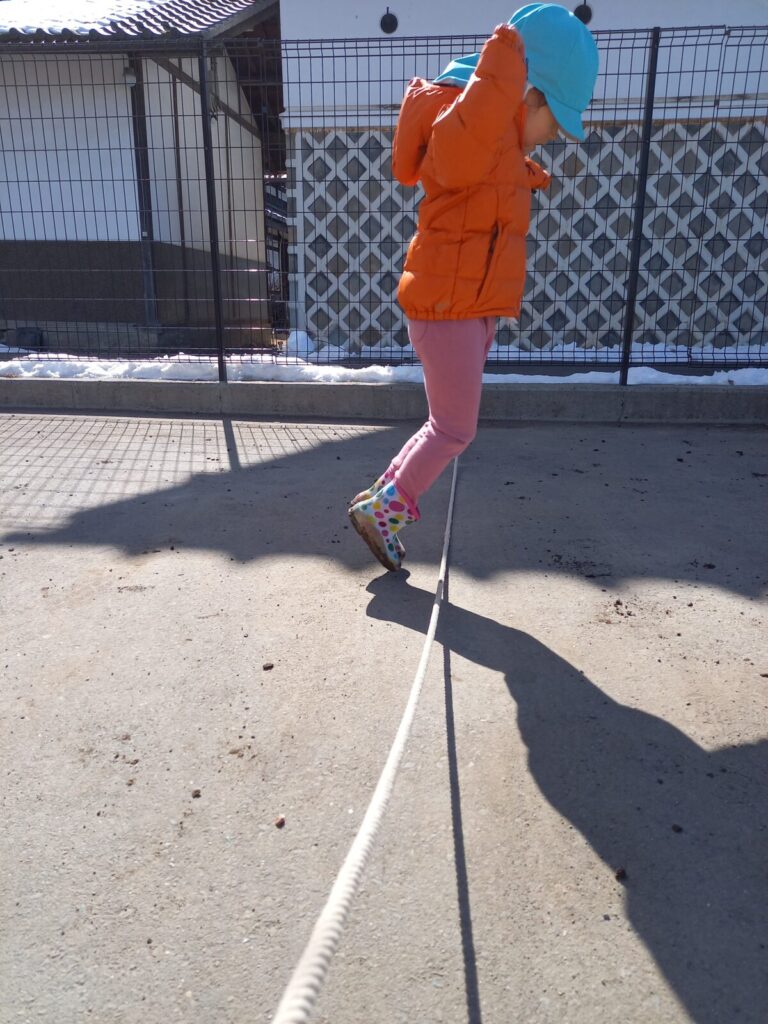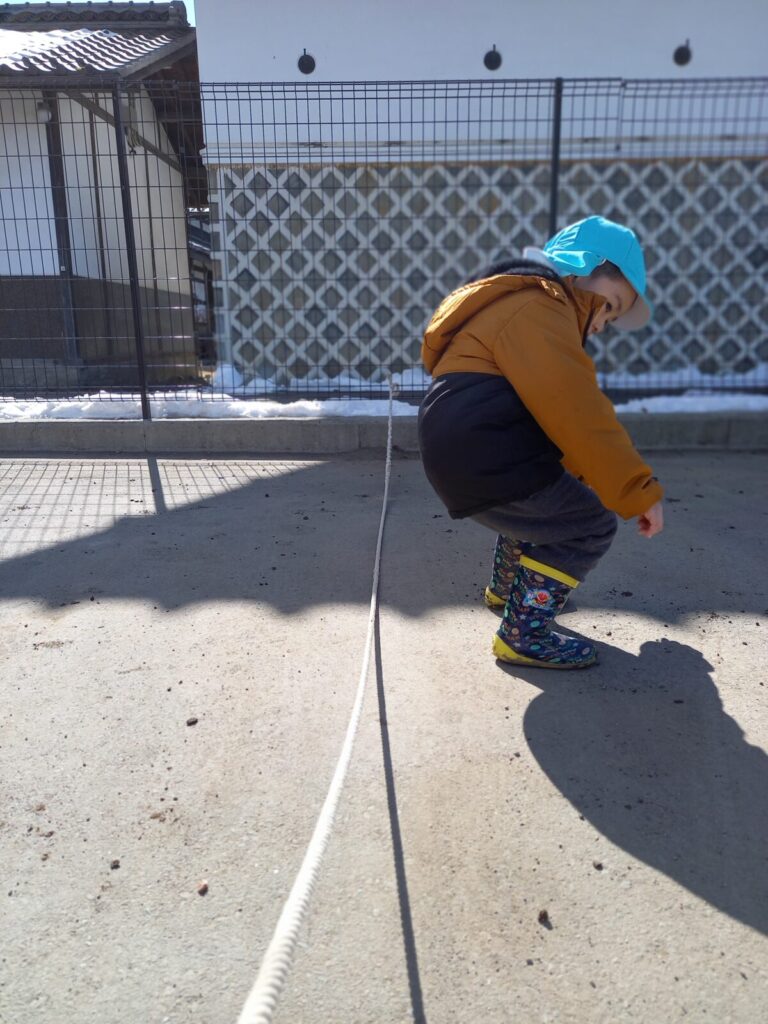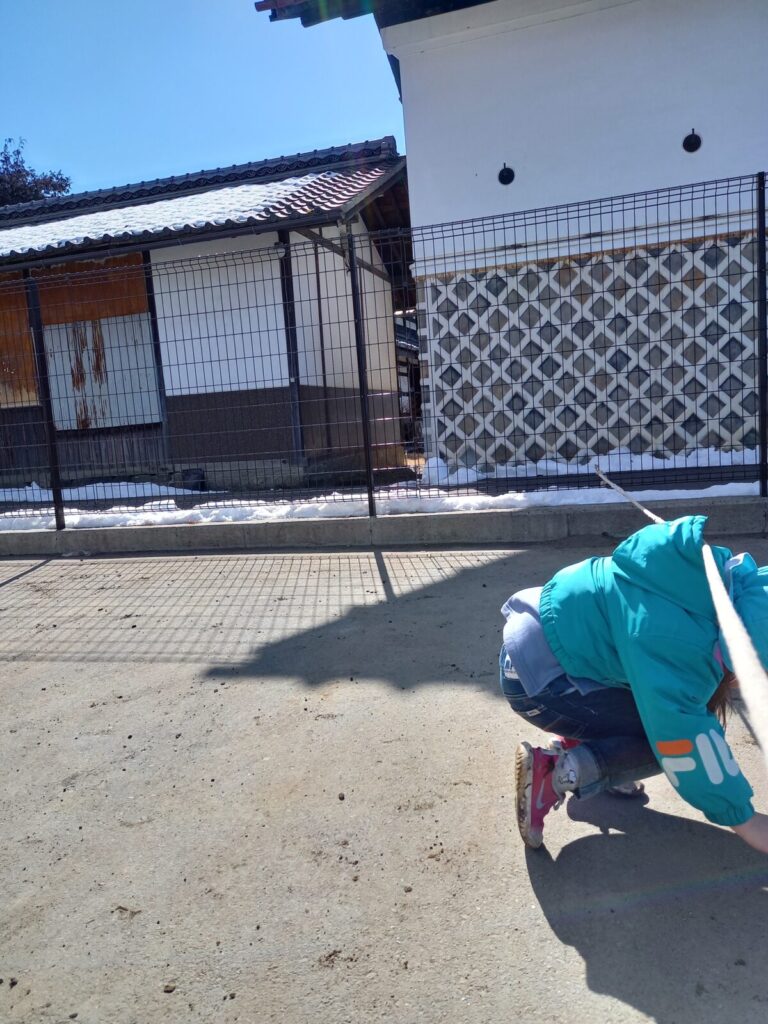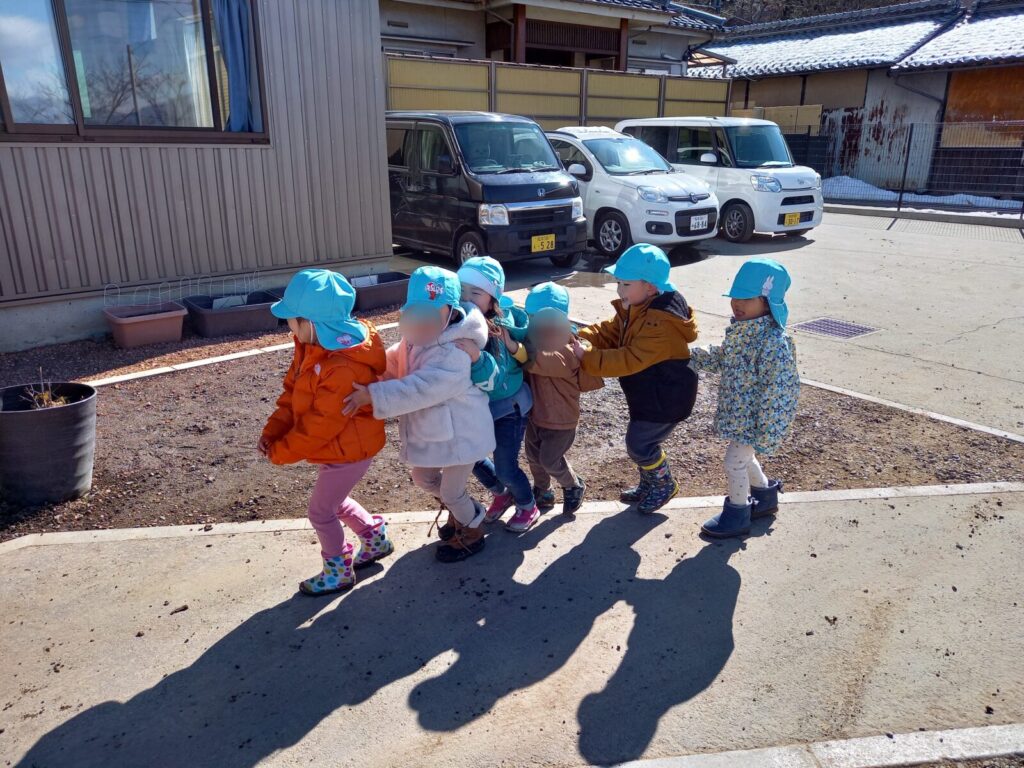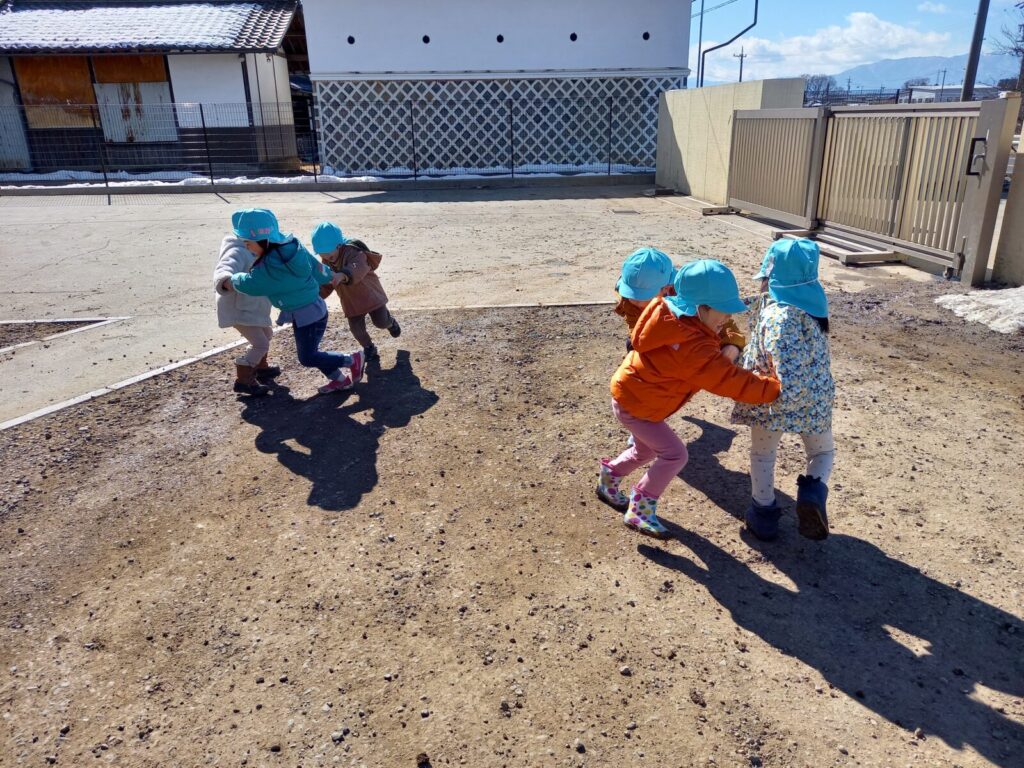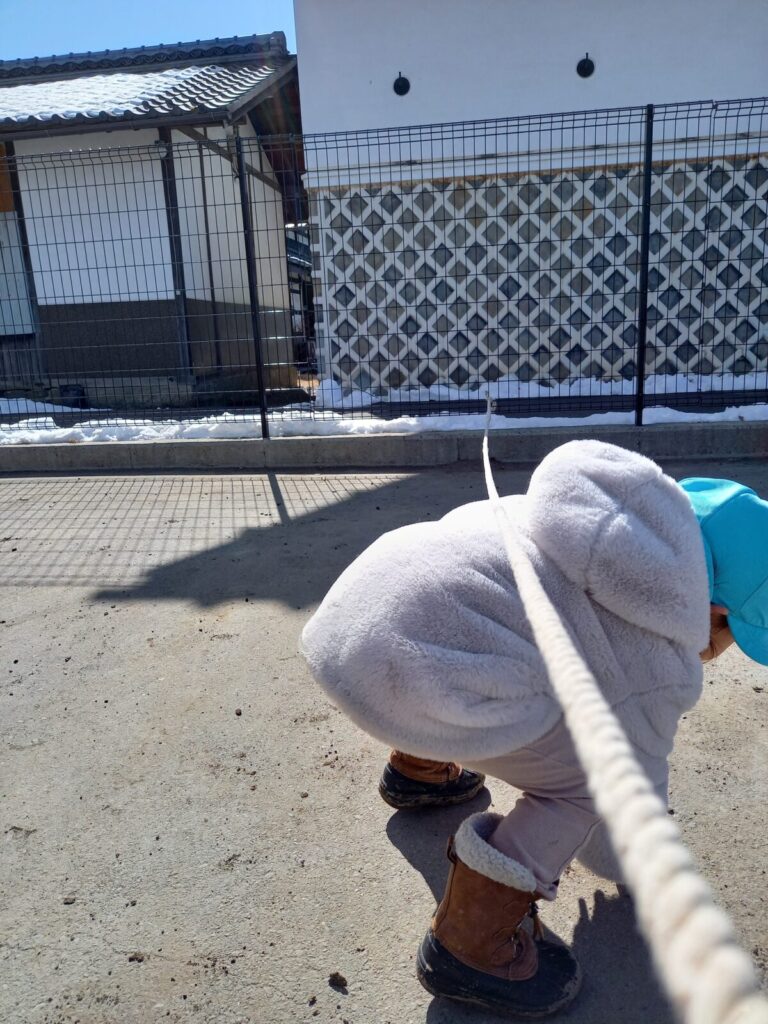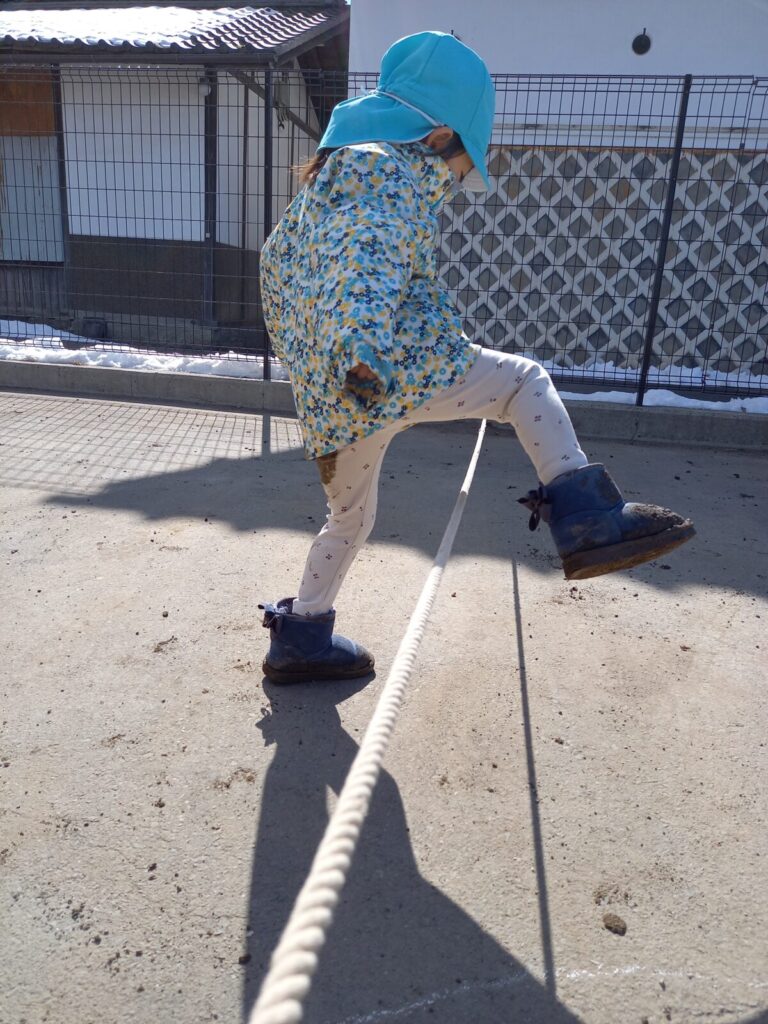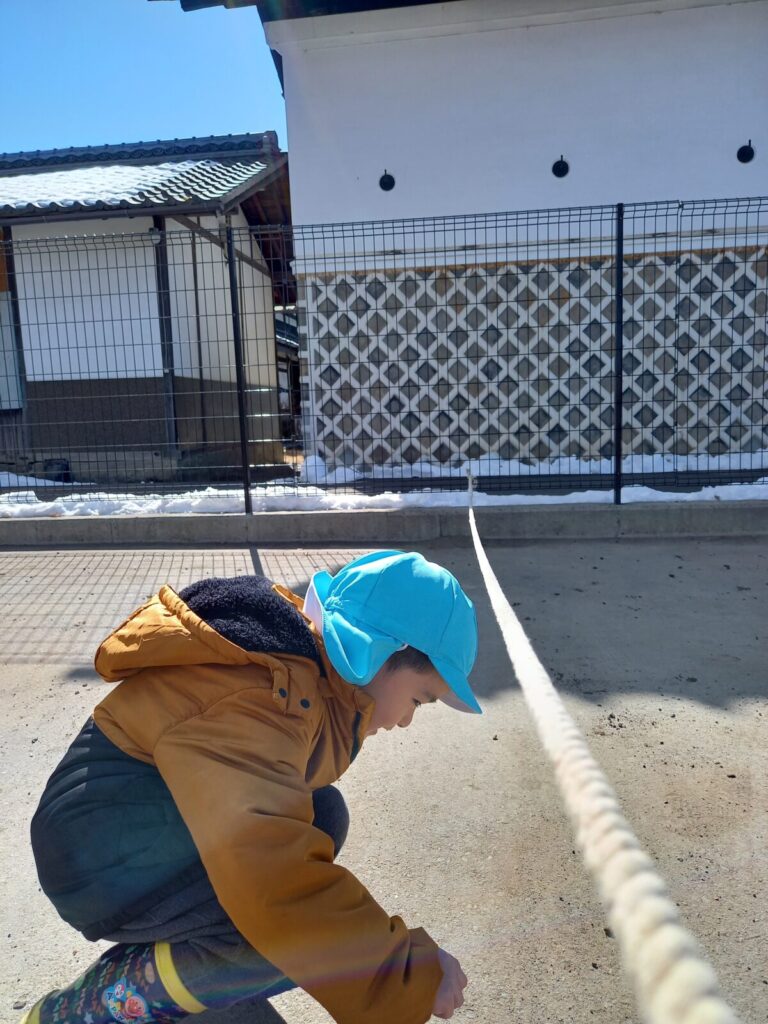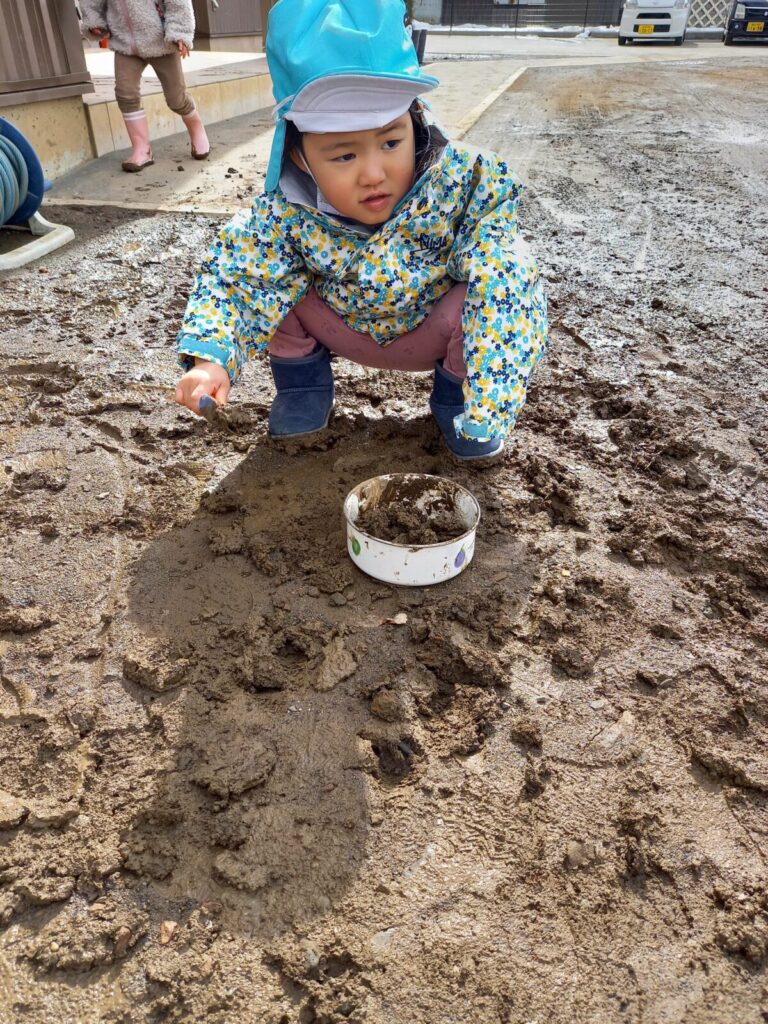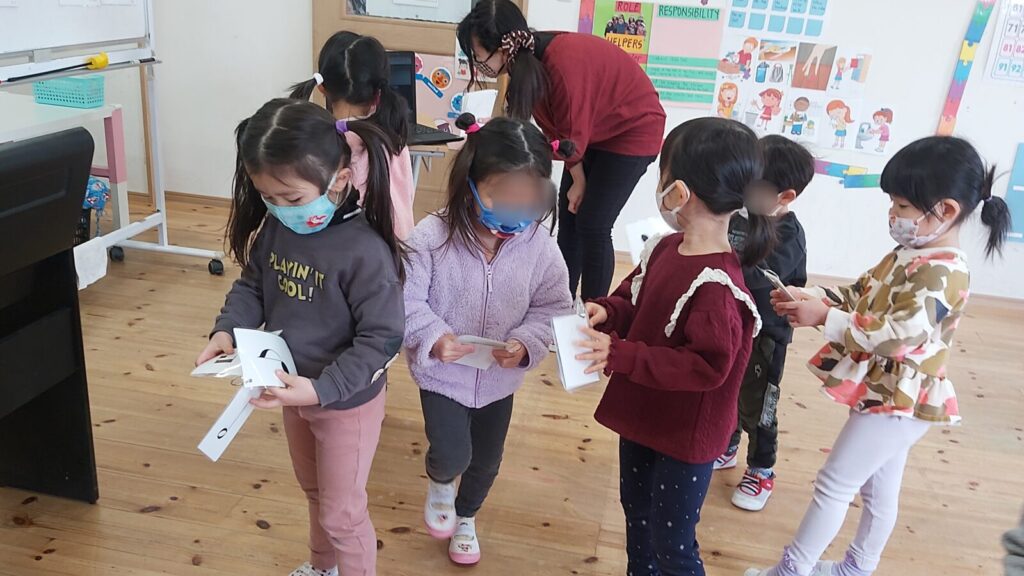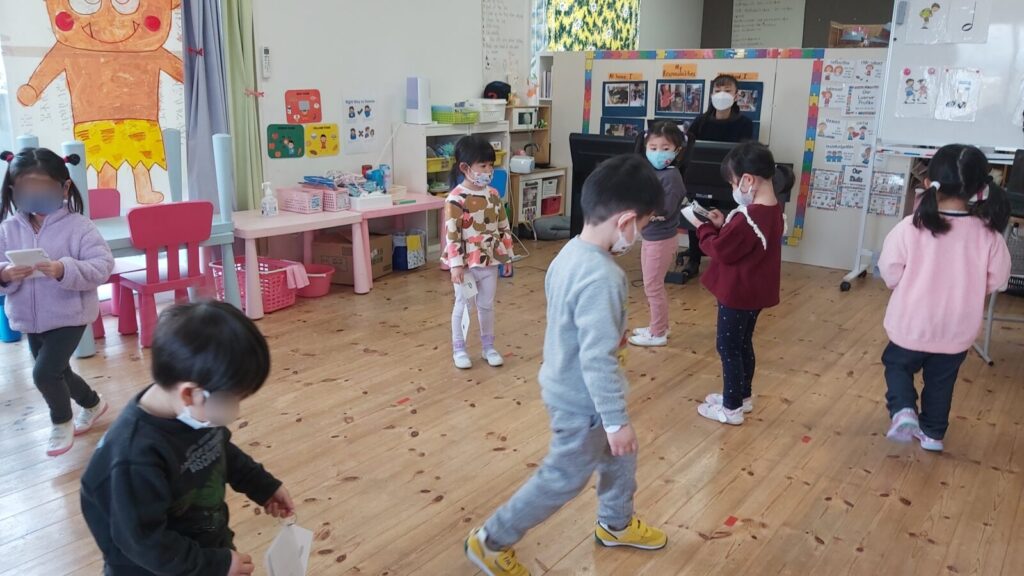なぜ、教室を清潔に保たなければならないのでしょうか?
Hello everyone and welcome back to our weekly blog! This week most of our students were already able to come back to school to attend classes while others continued to join online as one of the preventive measures we are taking due to the COVID-19 situation in the Matsumoto area.
皆さん、こんにちは!毎週恒例のブログです。今週は、ほとんどの子どもたちが園に戻って授業を受けることができましたが、松本地域のCOVID-19の状況により、予防措置の一つとして、引き続きオンラインで参加する子たちもいました。
In UOI, we are now learning the importance of keeping our classroom neat and tidy which is our last LOI for this unit. First we defined the meaning of neat and tidy through describing pictures and we found out that these words are closely meant to be clean and organised. We read a story that tells about other ways to keep our classroom/school clean such as: Don’t write or draw on the walls and tables, and Don’t spill water on the toilet floor. We also learned the importance of keeping our classroom/school clean and organised. I showed them two pictures of a classroom, one is dirty and messy and the other is clean and organised. Then I gave them pictures that tell the result of having a dirty/messy and clean/organised classroom and asked them where each picture belongs. If our classroom is dirty and messy, we will catch germs, get sick, smell bad odor lingering, and feel irritated and can’t focus on our study. On the other hand, if our classroom is clean and organised, we will not catch germs, not get sick, feel good and enjoy learning, and if we need something we will be able to find and get it easily.
UOIでは、このユニットの最後のLOIである、教室をきちんと整理整頓することの大切さを学んでいるところです。まず、絵の描写を通して、neut and tidyの意味を定義し、これらの単語は、清潔で整理整頓されているという密接な意味があることを見つけました。教室や学校をきれいに保つための他の方法について、次のような物語を読みました。壁や机に字や絵を書かない」「トイレの床に水をこぼさない」などです。また、教室や学校を清潔に保ち、整理整頓することの大切さについても学びました。教室の写真を2枚見せました。1枚は汚く雑然としていて、もう1枚は清潔で整理整頓されていました。そして、汚い教室、散らかっている教室、きれいな教室、整理整頓された教室の絵を渡し、それぞれの絵がどこに属するかを尋ねました。教室が汚くて散らかっていると、ばい菌が入って病気になったり、嫌な臭いが残ったり、イライラして勉強に集中できなかったりします。一方、教室がきれいで整理整頓されていれば、細菌がつかず、病気にならず、気分よく楽しく学べ、必要なものがあればすぐに見つけ、手に入れることができます。
On Tuesday, we made a tulip origami craft that our students online were also able to do. They picked the color of their choice for the tulip flower and used green for the stem and leaf. They were very happy after making it and so excited to give it to their parents. Hope you like it!🌷
火曜日は、オンラインの子どもたちもチューリップの折り紙クラフトを作りました。チューリップの花は好きな色を選び、茎と葉は緑色を使いました。作った後はとても嬉しそうで、親御さんに渡すのがとても楽しみでした。気に入ってもらえるといいです。
In Phonics, we are learning to read CVC words /i/ sound such as dig, pig, big, tip, sip, zip, mix, six, bin, and pin. They also completed a worksheet wherein they had to cut the pictures and match them to correct the CVC words.
フォニックスでは、掘る, 豚, 先端,喫う, ジッパー, 混ぜる, 6, 瓶, 針などのCVC単語の/i/音の読み方を学んでいます。また、絵を切り、CVC単語を正すためにマッチングさせるワークシートも完成させました。
In Writing, they practiced tracing their names and writing letters Pp and Qq.✍
Writingでは、自分の名前をなぞり、PpとQqの文字を書く練習をしました。
In Math, we continued to review numbers 11 to 20, did counting objects activity, and practiced writing number 11.
さんすうでは、11から20までの数字の復習を続け、物を数えるアクティビティを行い、11の数字を書く練習をしました。
Like Elsa in the Frozen movie that our girls really idolise, the cold never bothered Canyon/Savanna students. They still enjoyed playing outside in the snow by pretending to make ice cream and making snowballs. Others also liked playing in the mud like Peppa pig! Playing outside gives children the chance to explore the natural environment and have adventures. Outdoor play can also mean more mess – and more mess often means more fun!
私たちの女の子が大好きな「アナ雪」のエルサのように、キャニオン/サバンナの子どもたちは寒さに悩まされることはありませんでした。雪が降っても、アイスクリームを作るふりをしたり、雪玉を作ったりして、外で楽しく遊びました。また、ペッパブタのように泥んこ遊びを楽しむ子もいました。外遊びは、子どもたちに自然環境を探索し、冒険をする機会を与えてくれます。外での遊びは、たくさんはちゃめちゃしますが、はちゃめちゃをしてより多く楽しむことが多いです。
That’s all for this week! Thank you for reading and have a wonderful weekend!
蔓延防止によりオンラインレッスンでのご参加、又、ワークシートのプリントなどのご協力を頂きありがとうございました。
今週はこれでおしまいです!お読みいただきありがとうございました。



